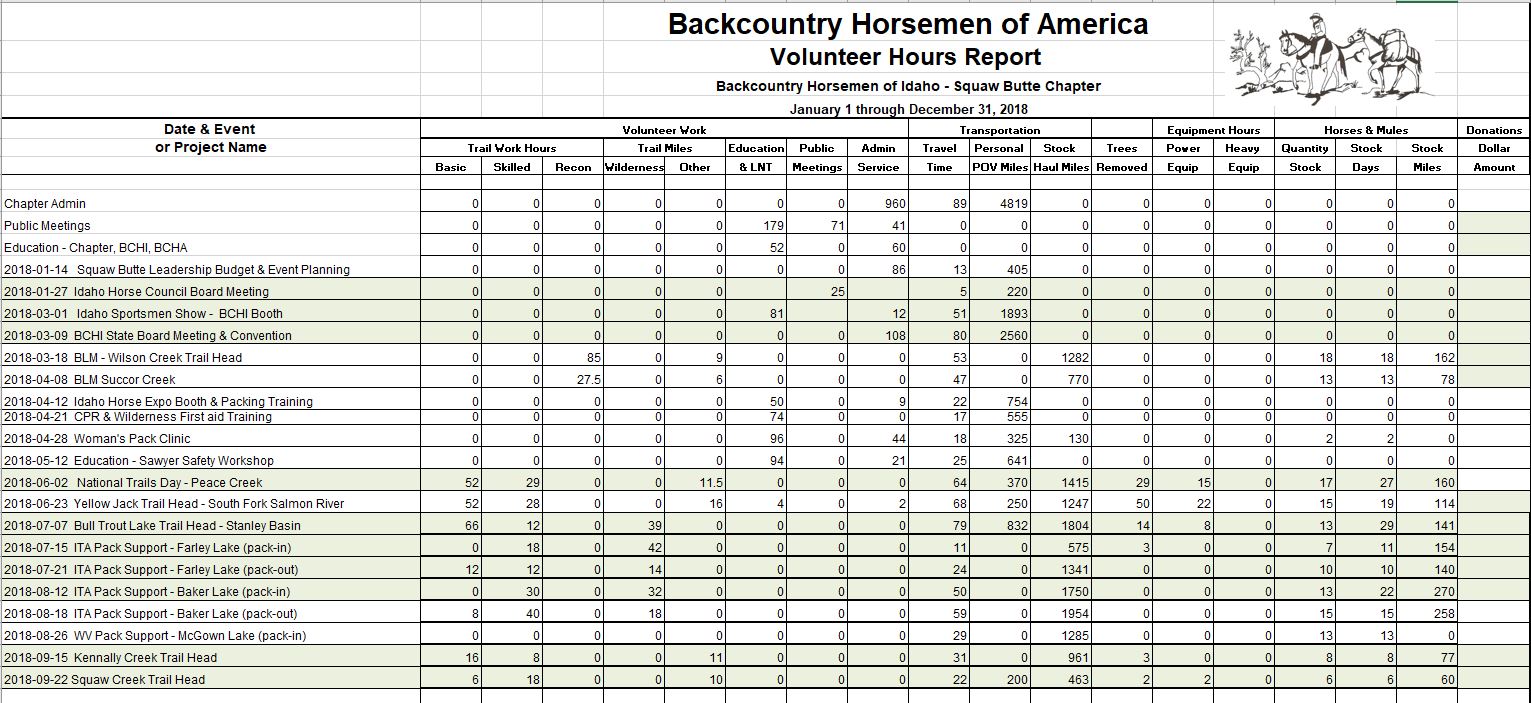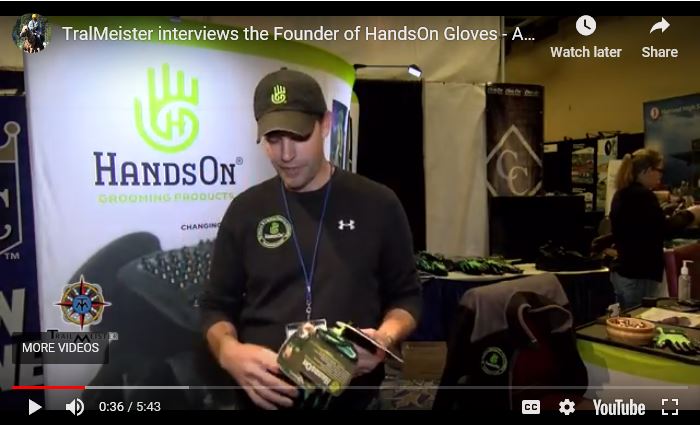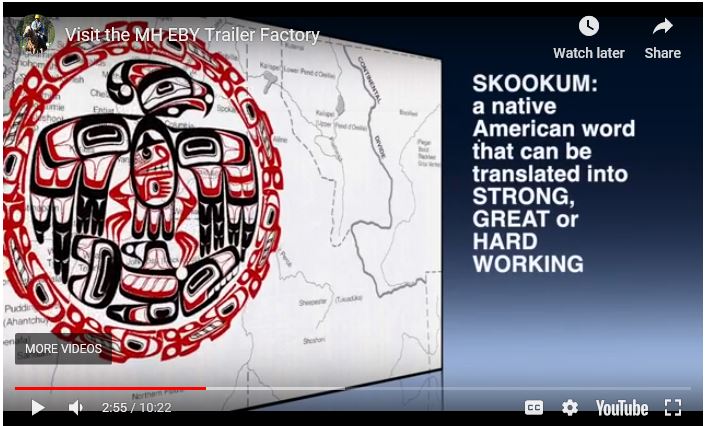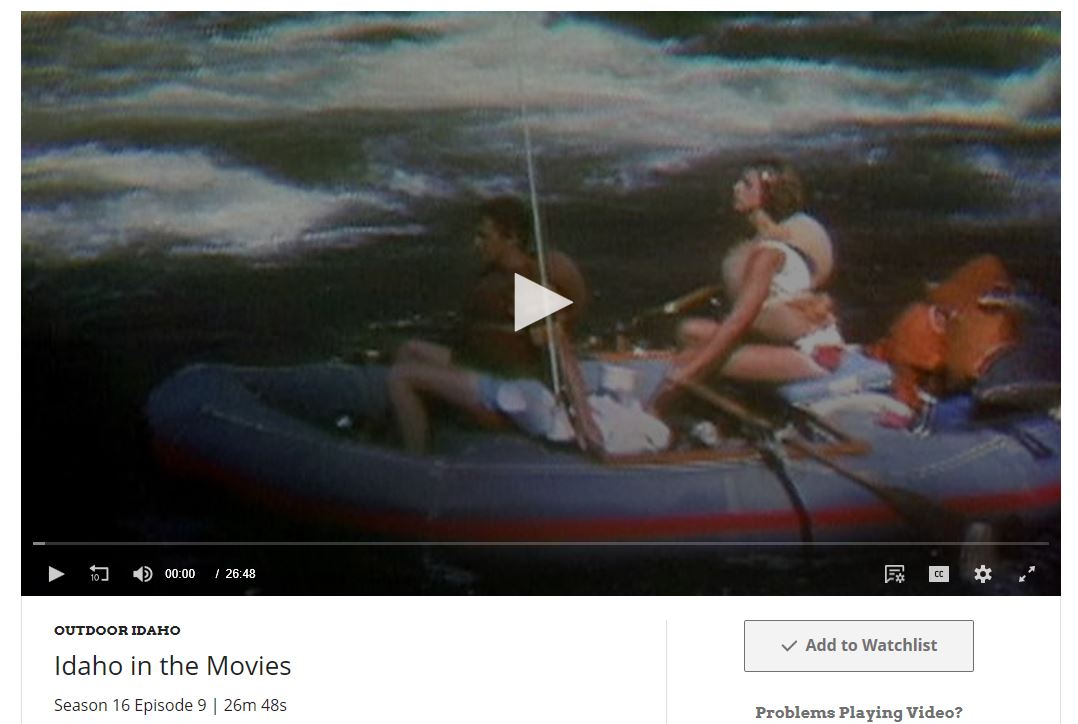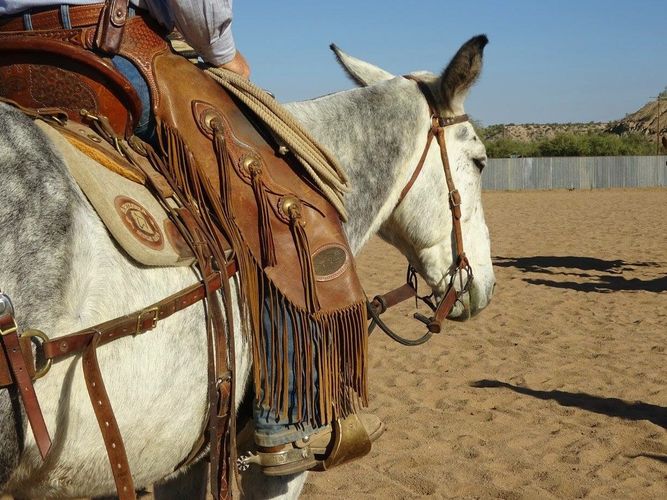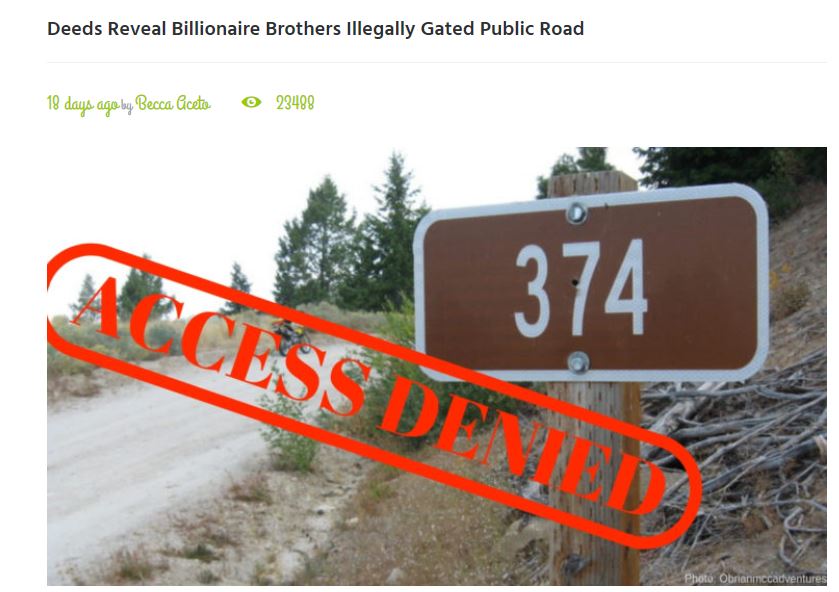
FOR IMMEDIATE RELEASE: Deeds Reveal Billionaire Brothers Illegally Gated Public Road
Contact: Brian Brooks, Idaho Wildlife Federation, (208) 870-7967
BOISE – The Idaho Wildlife Federation has found deeds from past landowners granting easements for sections of Forest Road 374, the Boise Ridge Road, for public use in perpetuity. The easements apply to the sections of road the Wilks’ brothers company, DF Development, has recently installed gates on, making the installations a violation of Idaho law.
Earlier this fall the Texas billionaire Wilks brothers made waves by installing gates on the very popular Boise Ridge Road located just north of Boise, which is frequently used by Idahoans for hunting and recreation access on the Boise National Forest. But Brian Brooks, executive director of the Idaho Wildlife Federation says, “this is about more than just gates. This is about wealthy individuals flaunting Idaho’s laws and illegally claiming public resources as their own without repercussions. And it spurs the question- how many more public roads have they illegally claimed as their own?”
IWF’s investigation into the construction of the Boise Ridge Road revealed the road was built with public dollars, and has been maintained using taxpayer dollars. The road was built by the Civilian Conservation Corps in the 1930s using public funds for the purpose of public use and fire management. Through a Freedom of Information Act request submitted by The Wilderness Society and shared with the Idaho Wildlife Federation, it was found that taxpayers have been footing the bill for maintaining the road for nearly 90 years, fulfilling prescriptive road easement requirements.
“DF Development has never had the right to close or install gates on the Boise Ridge Road, because it belongs to the public. These out-of-state folks have a lot of nerve coming into Idaho and gating a road that was built and paid for by the public,” says Brooks.
Current Idaho law prohibits marking public lands and roads as private. However, as a criminal violation only, a government entity must initiate the lawsuit for its enforcement. “The law lacks a civil remedy common in property disputes, which would give Idaho citizens the power to resolve the issue peer to peer in court,” according to Brooks.
“Counties are strapped for resources, especially rural counties where these violations are happening. Choosing to derail county budgets to prosecute billionaires over access issues, while burdened with more heinous crimes, is not financially practical. It’s time we give citizens legal recourse to enforce public access. By adding a civil remedy to the existing law we can save taxpayer dollars and mobilize enforcement procedures faster.”
Adding a civil suit clause will require action by the state legislature and could be passed as an amendment to the recently updated trespass law, the same law the Wilks brothers lobbied for. During the 2018 legislative session, IWF attempted to include a civil remedy provision to the legislation, but the idea was rebuffed and Idaho’s citizens were kept from enforcing their right to access public property. IWF is vetting potential legislation to lawmakers and interest groups for the 2019 session.
“It’s a small change. A civil remedy exists to protect private property rights. Now it’s time to protect public property rights.”
MORE NEWS from IWF
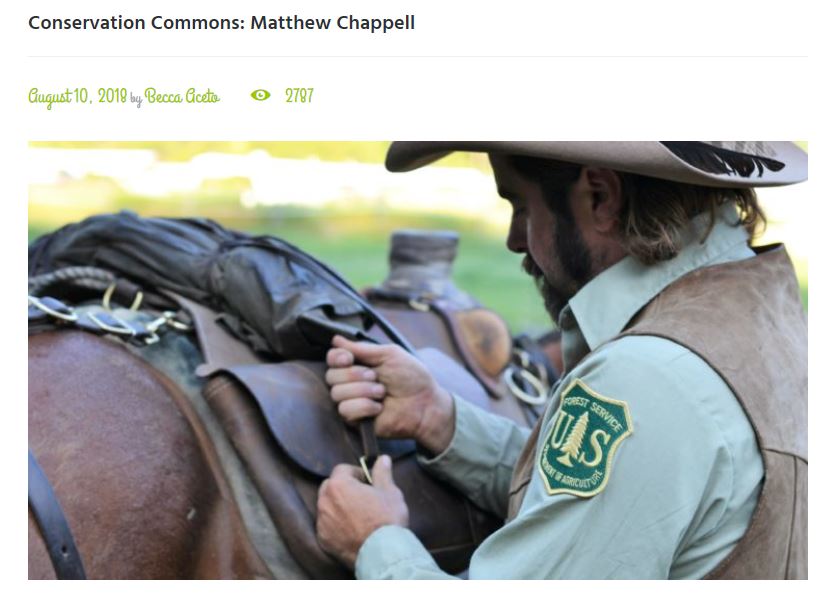 Matthew interviewed by Becca Aceto
Matthew interviewed by Becca Aceto
Worn leather boots lined the wall and a dusty wood stove sat in the corner of the room, ready for the inevitable chill to return to the mountains. “What we really need right now is a whiskey.” I smiled at this remark.
Matthew’s small cabin was dimly lit and a faint smell of game meat lingered in the air, the only trace of meals past. Out the front door and across the airstrip mules and horses snoozed in the midday sun. A few miles to our north and less to the east was the massive Frank Church River of No Return Wilderness.
We talked for over an hour, laughing about ornery mules in the backcountry and reminiscing of trips past. Some of the wildest places in the lower 48 have shaped Matthew, both professionally and personally. I’d also like to point out that Matthew never mentioned a specific animal he’d harvested or shot he’d taken. His words were of experience and place – he puts great value on the intrinsic worth of things. I was glad to sit down and have this conversation. Enjoy!
B: Tell me a bit about your background. Did you grow up outdoors and hunting?
M: I sure did. My father is a lifetime hunter who had me out in the woods of Missouri with him from a young age. We’d hunt deer, turkeys and squirrels on both private and public land. I also ran my own traplines beginning in middle school, water trapping for beavers, muskrat, mink and otters predominantly. Paddling a canoe down the river checking traps really builds up an appreciation of the natural world in someone. I don’t trap anymore. Now my dad comes out to Montana every fall and we take the mules into the Scapegoat and Bob Marshall wilderness to hunt elk and deer.
B: So how’d you get into packing?
M: I got into packing when I was 18 as a trail crew member in the Bob Marshall Wilderness and learned from a fellow who’s the lead packer there to this day. Our trail crew would take stock out to self-support us during 10-day hitches. I went to Glacier National Park a couple years later as a backcountry ranger. I used stock and learned a lot more about packing from a guy who was the lead packer there for over 30 years.
I really learned a lot when I started working with an outfitter out of Augusta, Montana packing and guiding elk and deer hunts in the Bob Marshall and Scapegoat. We had one camp that was a 24-mile ride one way over the highest pass in the Bob. That’s some wild country back there. I like having grizzlies on the landscape. You get an elk down, snow is falling and you see fresh griz tracks bigger than your head, all the while thinking “I wonder if it’s on the elk.” It’s great.
B: Do you see yourself fitting into the realm of conservation through this work?
M: Absolutely. I support public access for fishermen, hunters, hikers, backpackers – really anyone using the country I work in. I also support trail crews and rangers to get trails opened up and to make sure regulations are followed in the backcountry. I pack out a lot of trash, too. Last year during the solar eclipse I spent a week in the White Clouds. We had a lot of people in the mountains so I made sure everyone was following fire restrictions and wilderness regulations over the span of that week. Fortunately people were pretty knowledgeable so I didn’t have much work to do. In 2016 I packed the chief of the Forest Service as well as Mike Simpson and a few others into the newly-designated White Clouds Wilderness which was a really good time. That trip left a big impression on everyone.
B: Have you had any wildlife encounters while packing that could have been a bit hairy?
M: Oh, once I was leading a pack string through Glacier National Park and we came across a grizzly chowing down on glacier lilies. I started yelling at it, “Hey, bear! Hey, bear!” It didn’t even look up so I just rode right on by. The stock did great, didn’t make a fuss at all.
B: And the bear?
M: That damn bear never even looked up. Just kept on eating as we passed by at about 20 yards.
B: Do you have any conservation idols who come to mind?
M: It’s hard for me to just pick one, but I really like the Montana writer and conservationist Joseph Kinsey Howard. I also like Wallace Stegner and Jack Turner. And Fred Bear is probably my favorite hunter/conservationist.
B: Any hunting stories that have stuck with you over the years?
M: Oh, well there was this one time… A few years back I was hunting deer at the edge of a meadow near a clear cut. Suddenly this mountain lion walks out into the meadow not 40 yards from me, lays down and takes a nap. It was there for three hours and the whole time I just sat there watching. Every now and then it would lift its head up, look around and yawn, then lay back down. Finally, it got up and stretched with lazy kitten eyes that I was watching through my binoculars. I turned around for just a second to look for deer on the hill behind me and when I turned back around the cat was gone. Just like that. It was amazing.
B: Any final thoughts?
M: The best thing I can say is that I am poor in the sense that I own no house and no property but living between Idaho and Montana I am so land rich as a citizen of the United States. I can head out my door and do an array of activities on millions and millions of acres. It’s unparalleled. Let’s hope lots of folks step up to keep it that way.
Matthew Chappell is a wilderness packer for the Payette National Forest. He spends half his year packing in Idaho’s wilderness areas and the other half at his home on the edge of the Bob Marshall Wilderness in Montana.

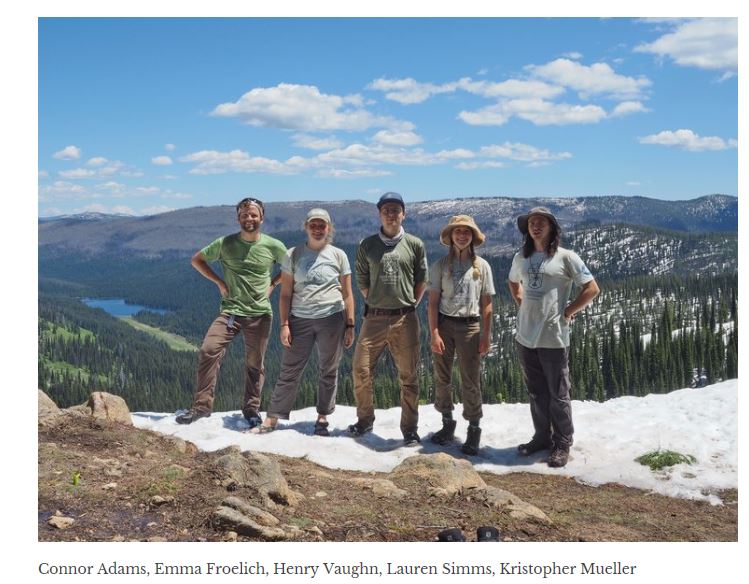
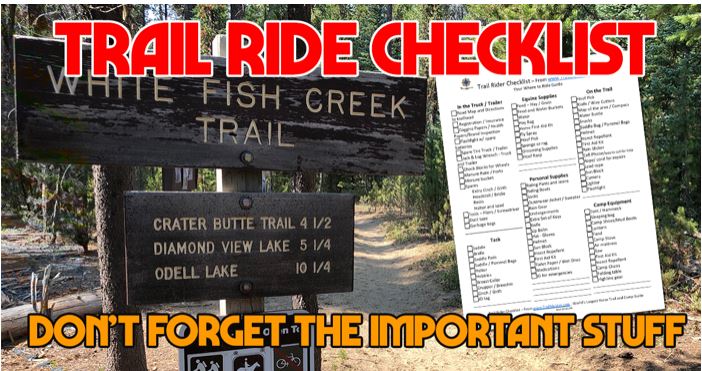
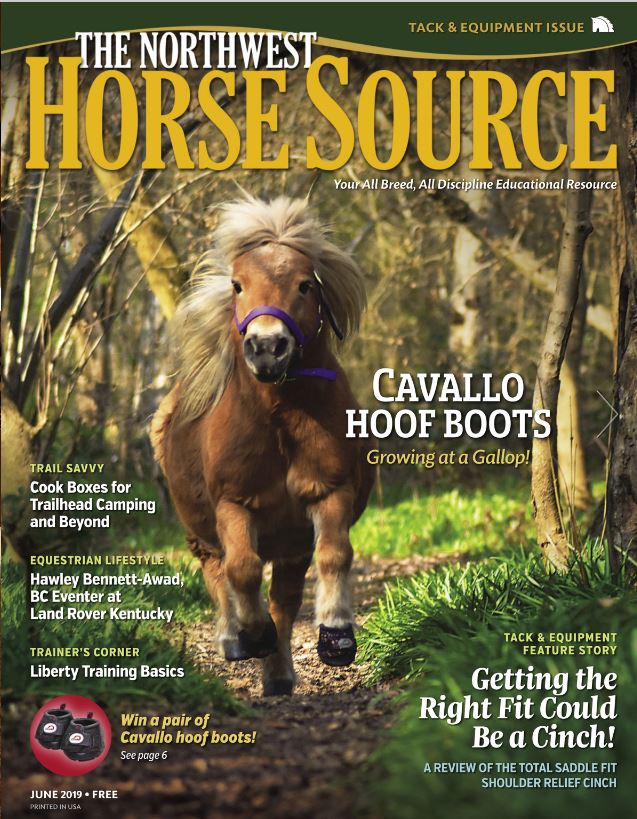
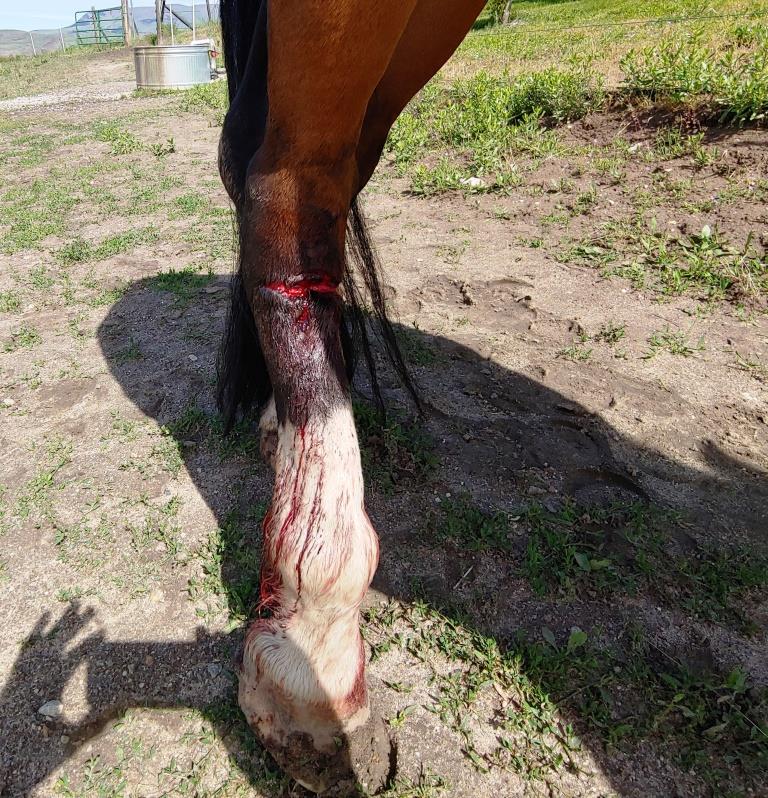
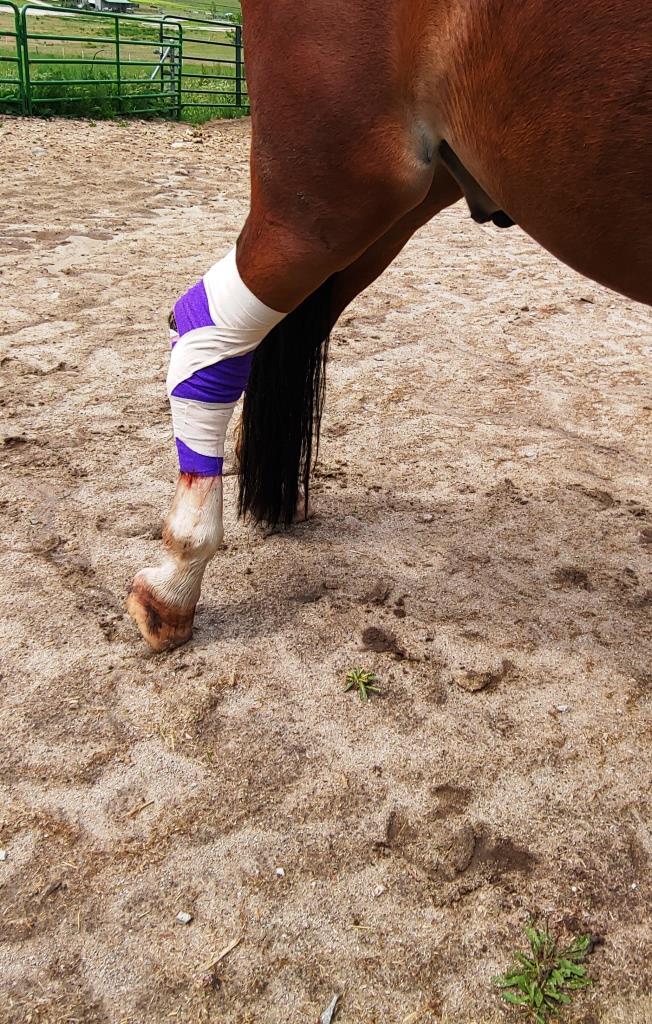
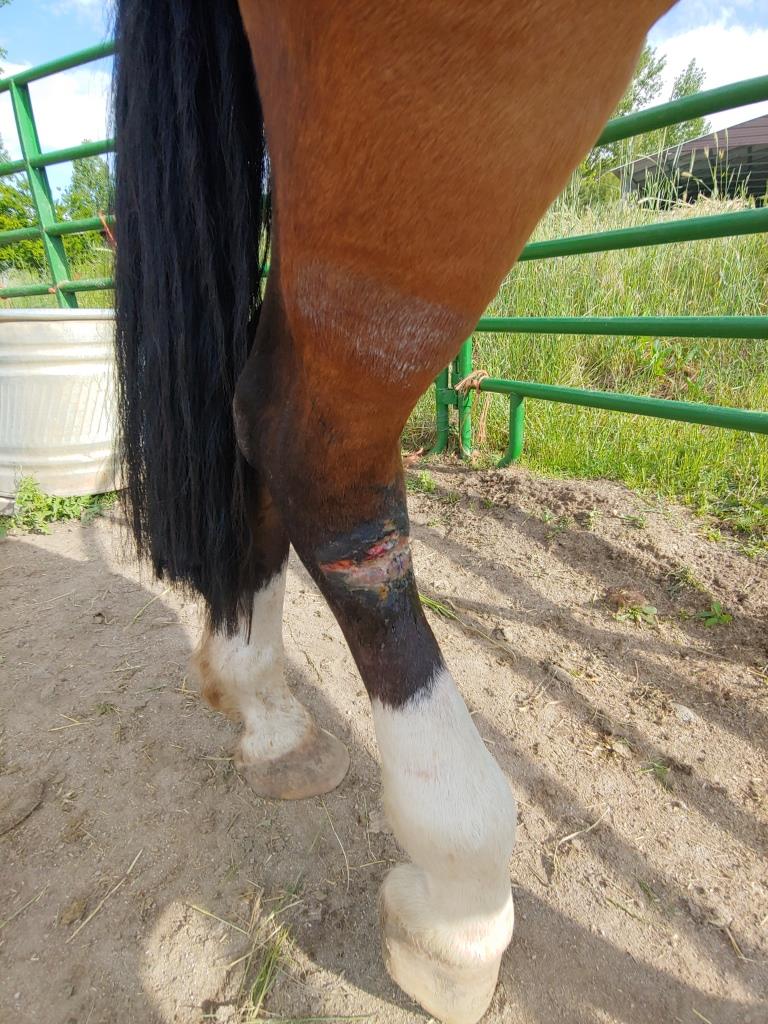
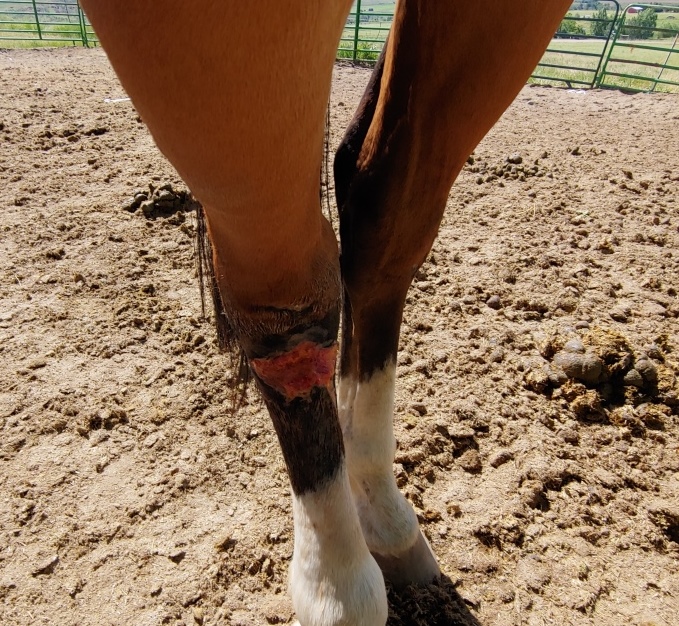
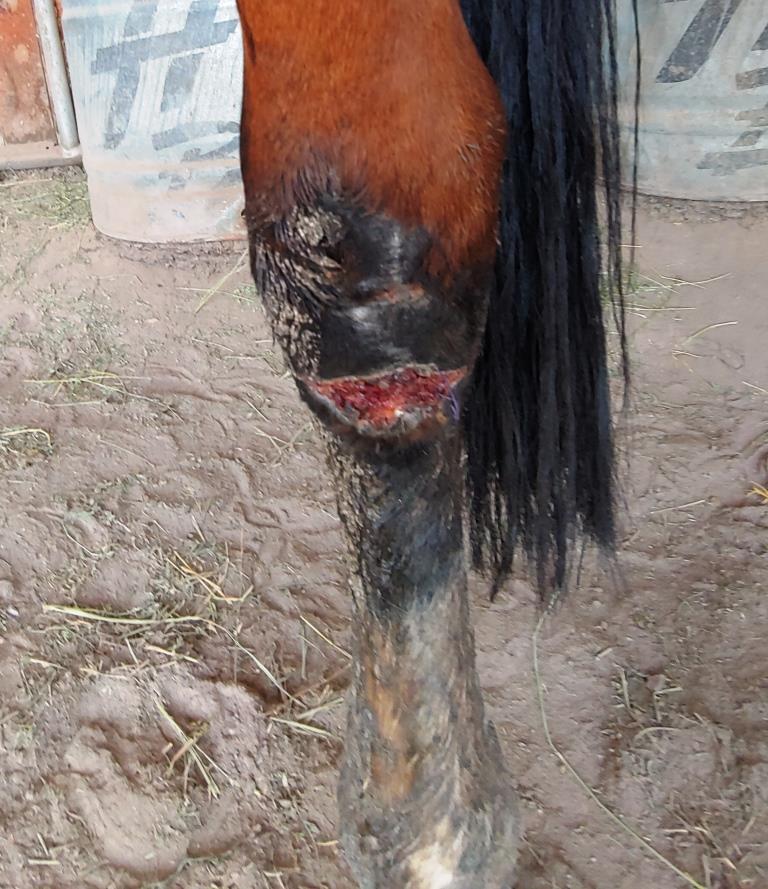
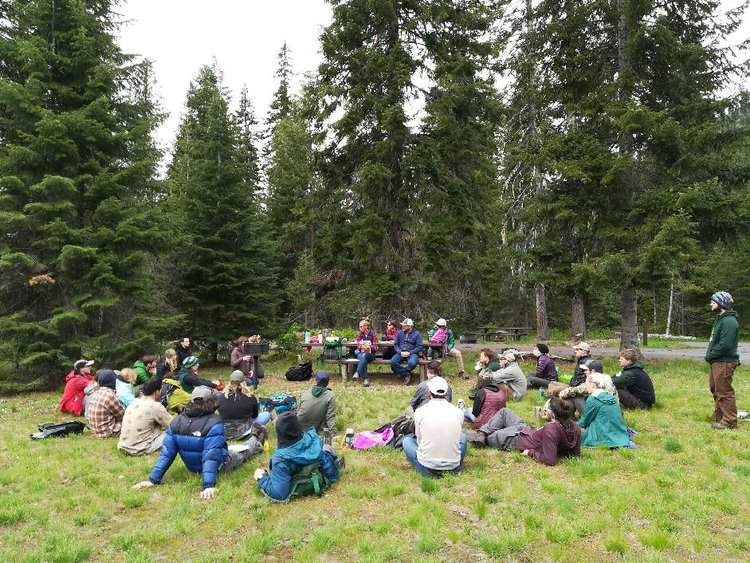
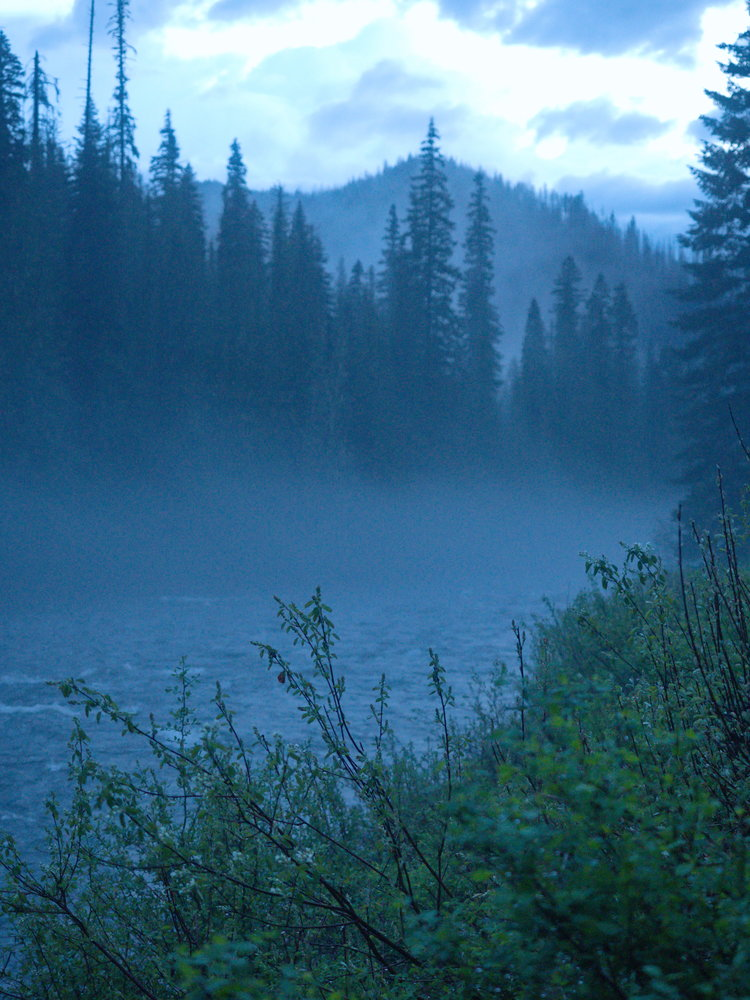



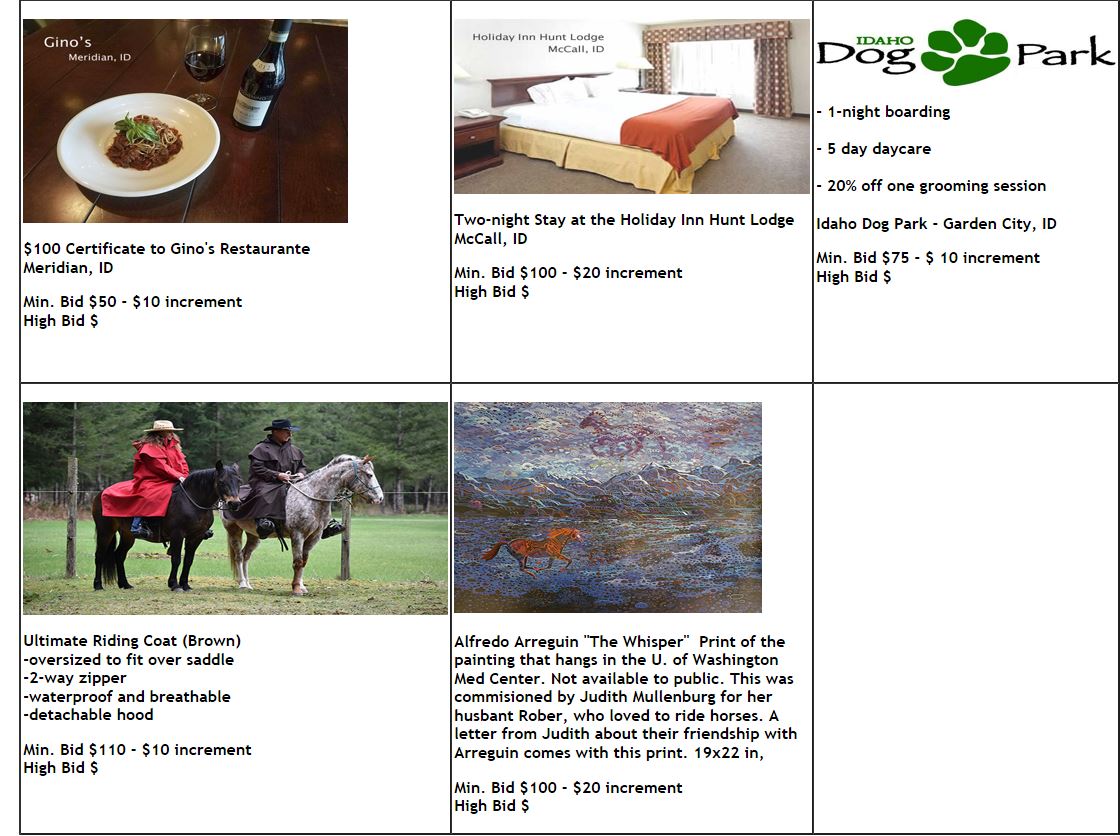
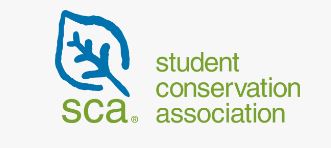
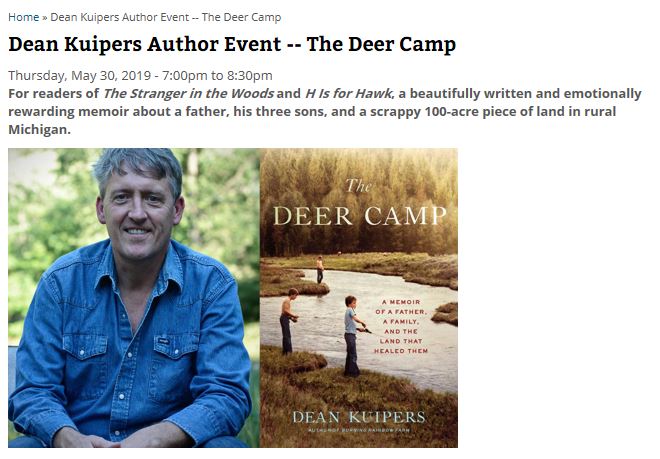
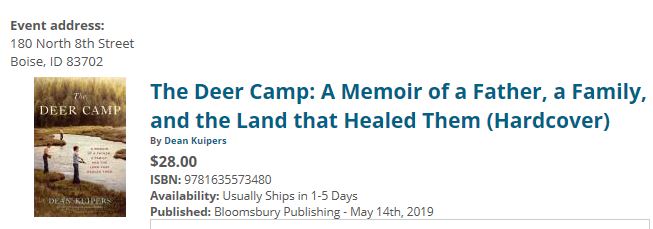
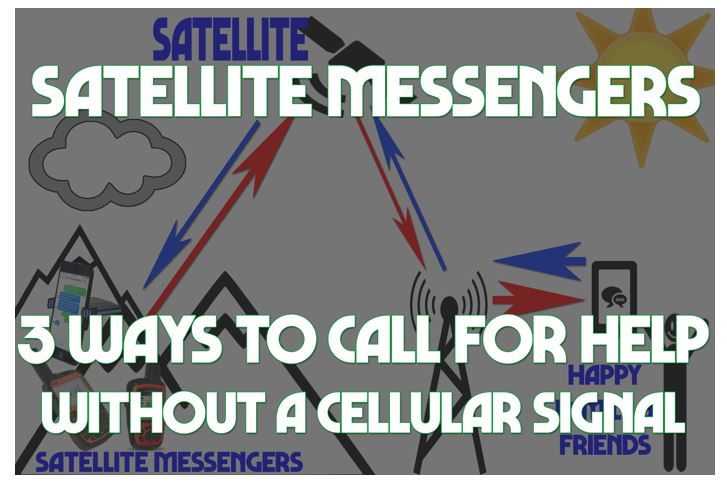

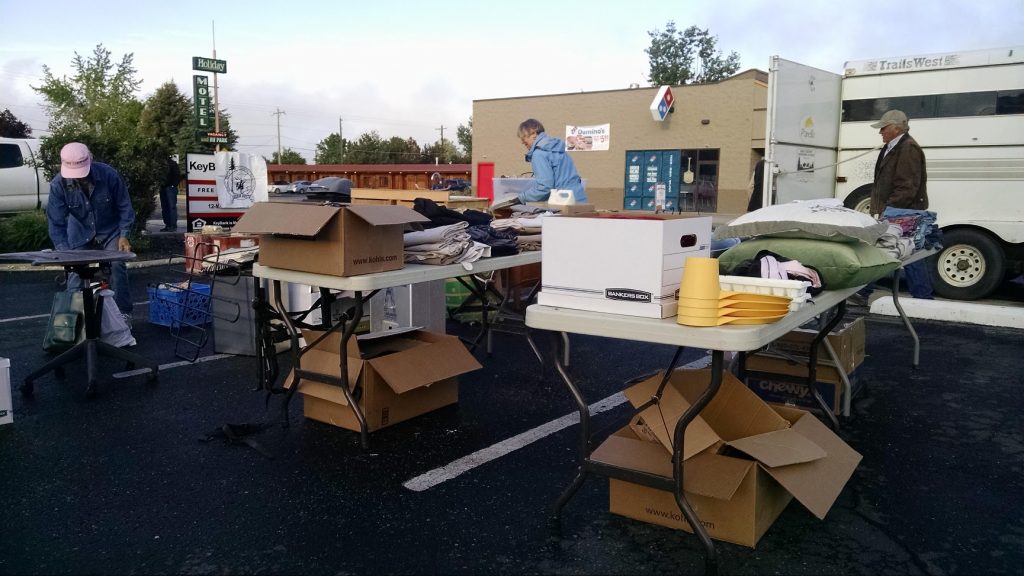
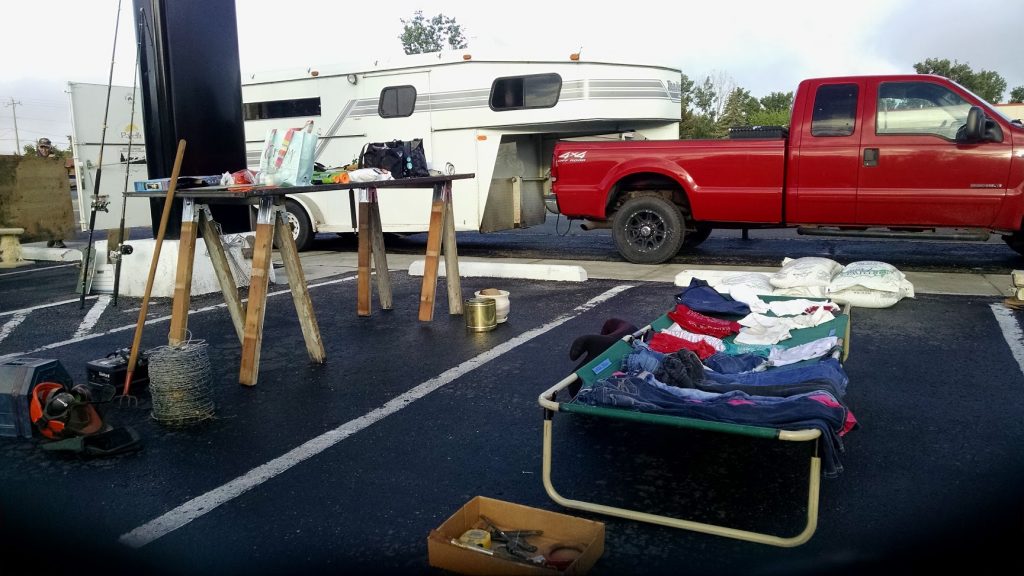
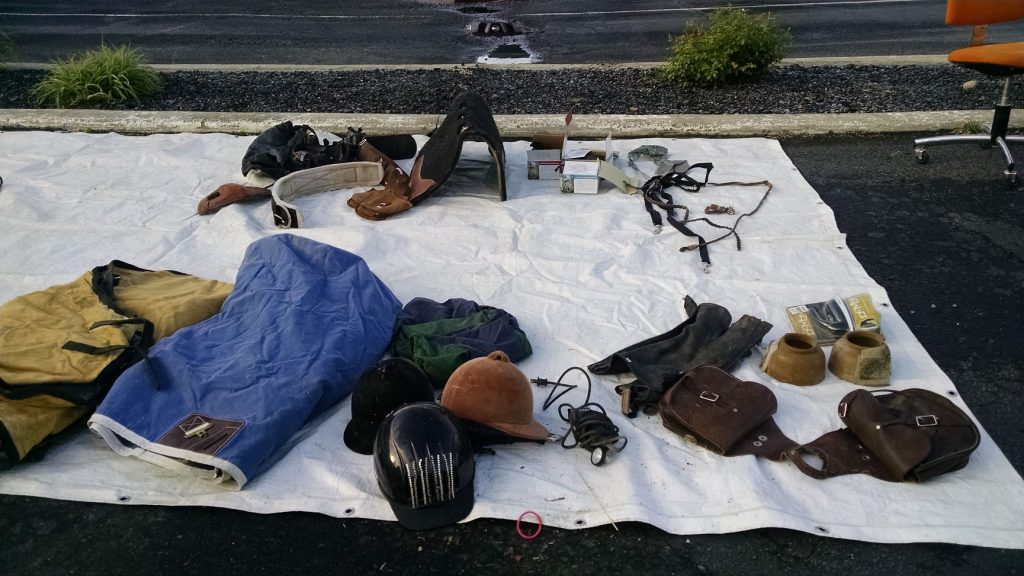
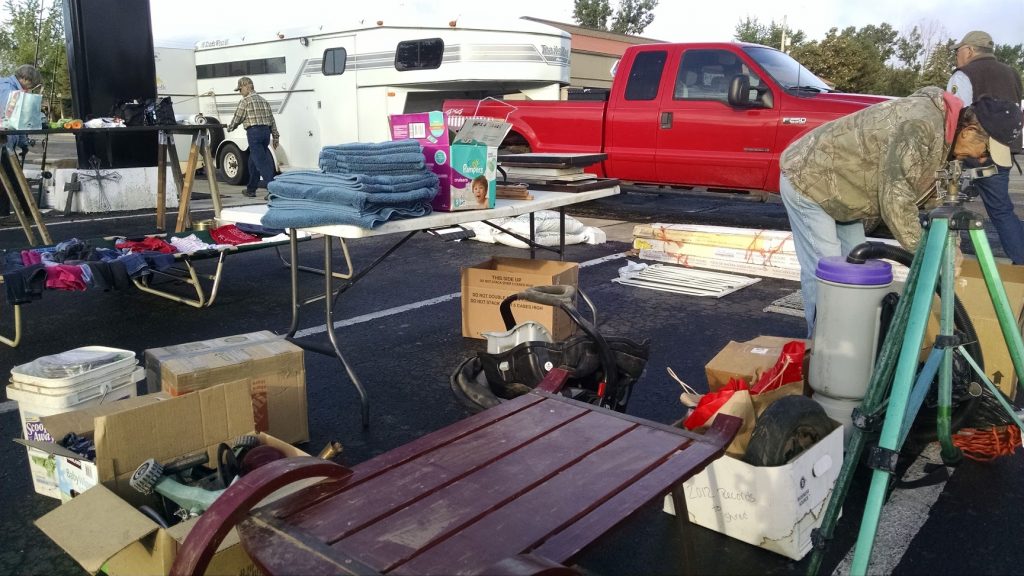
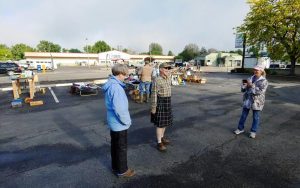
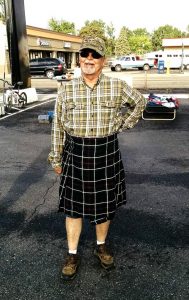
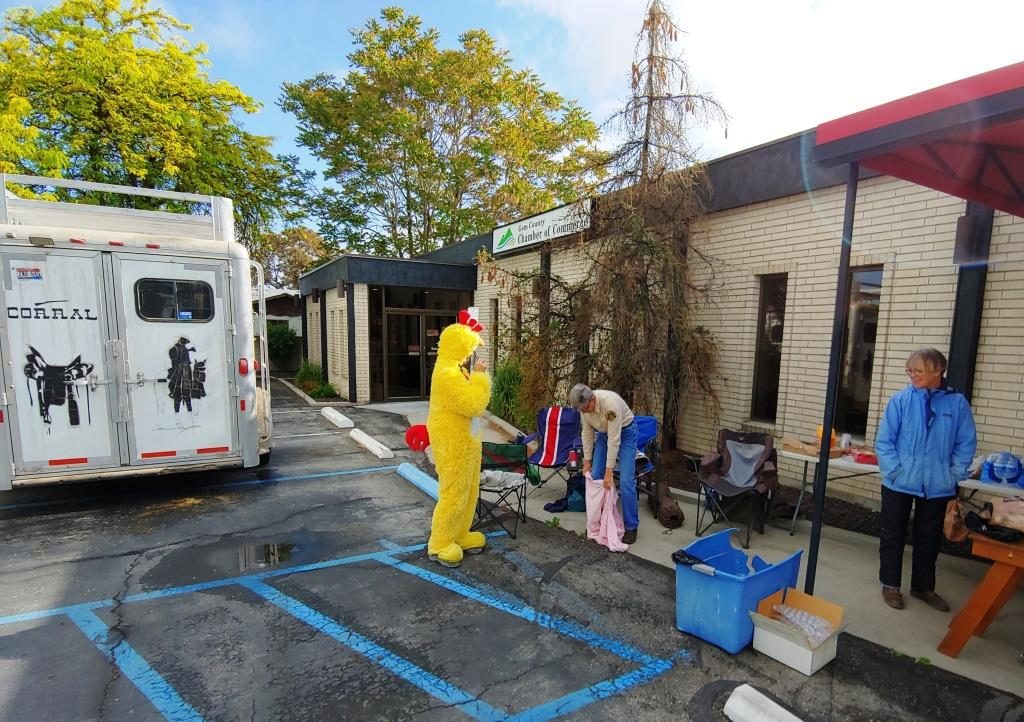
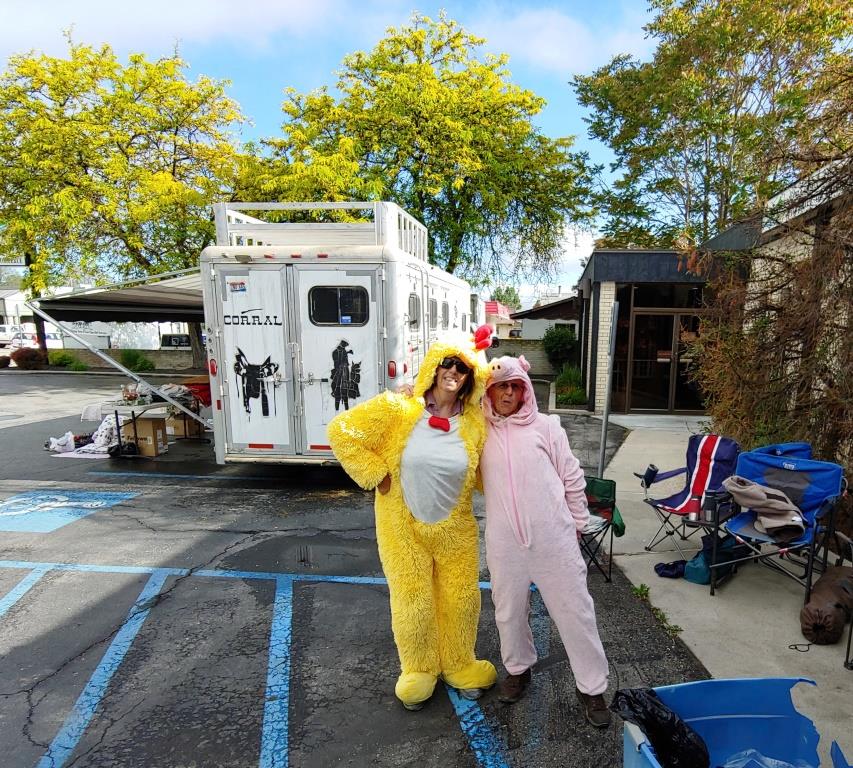
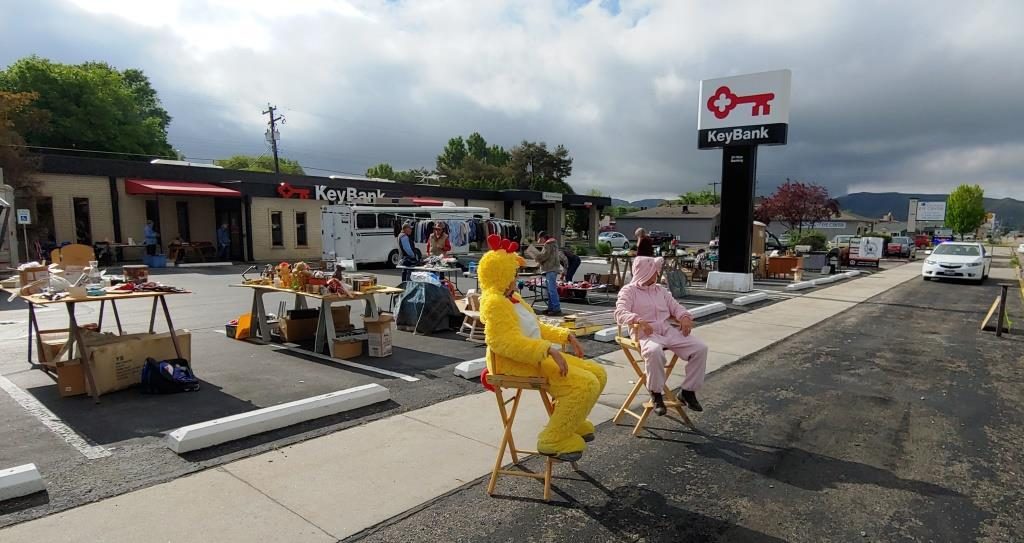
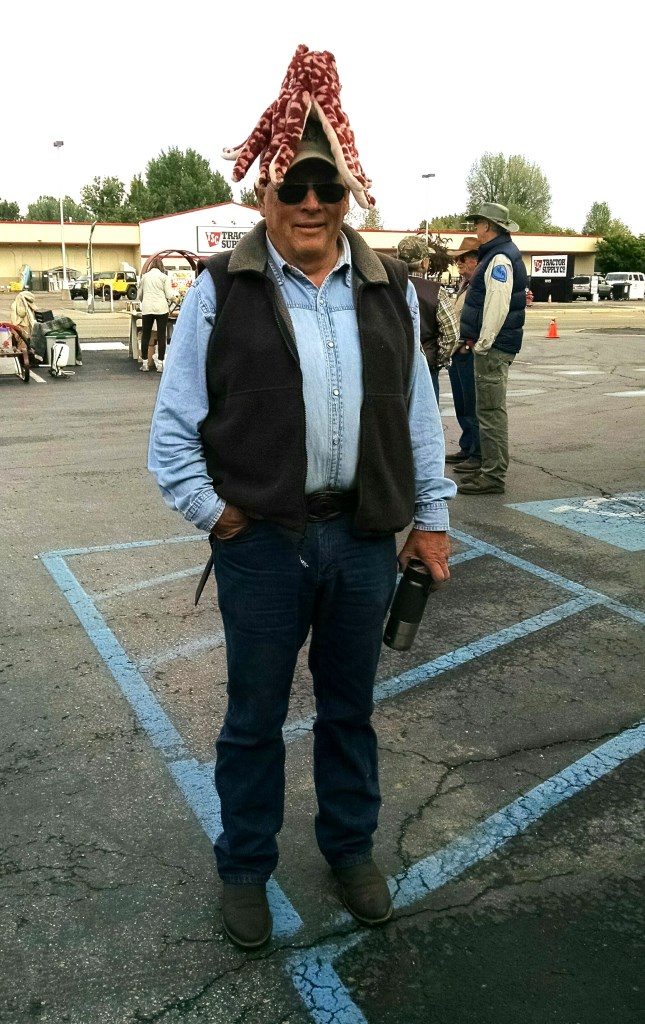
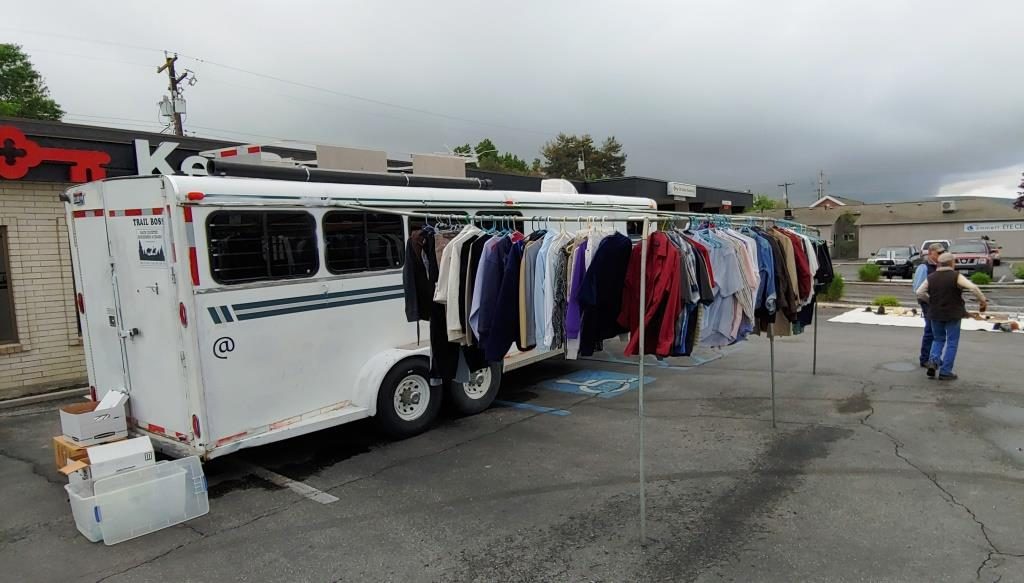
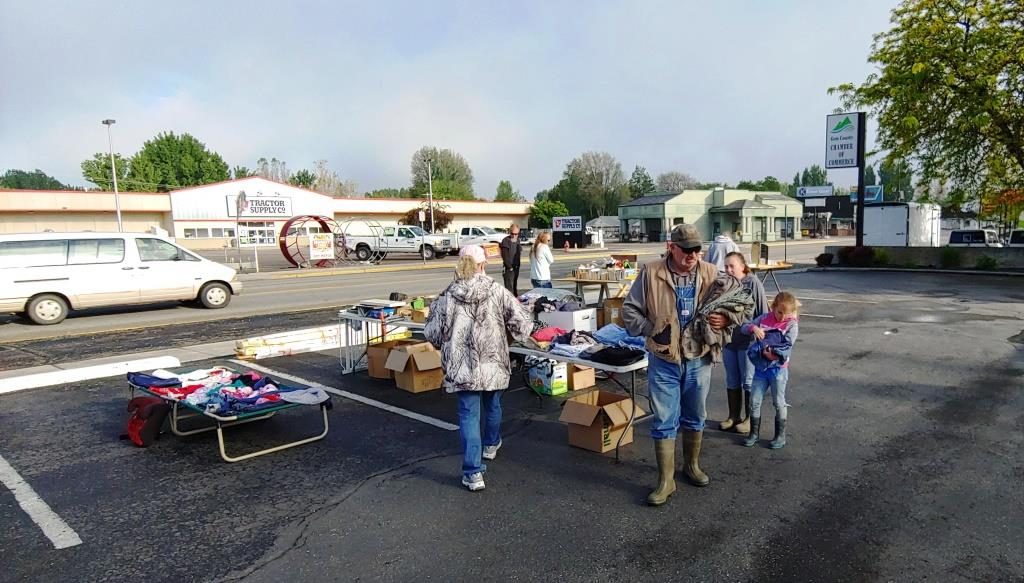

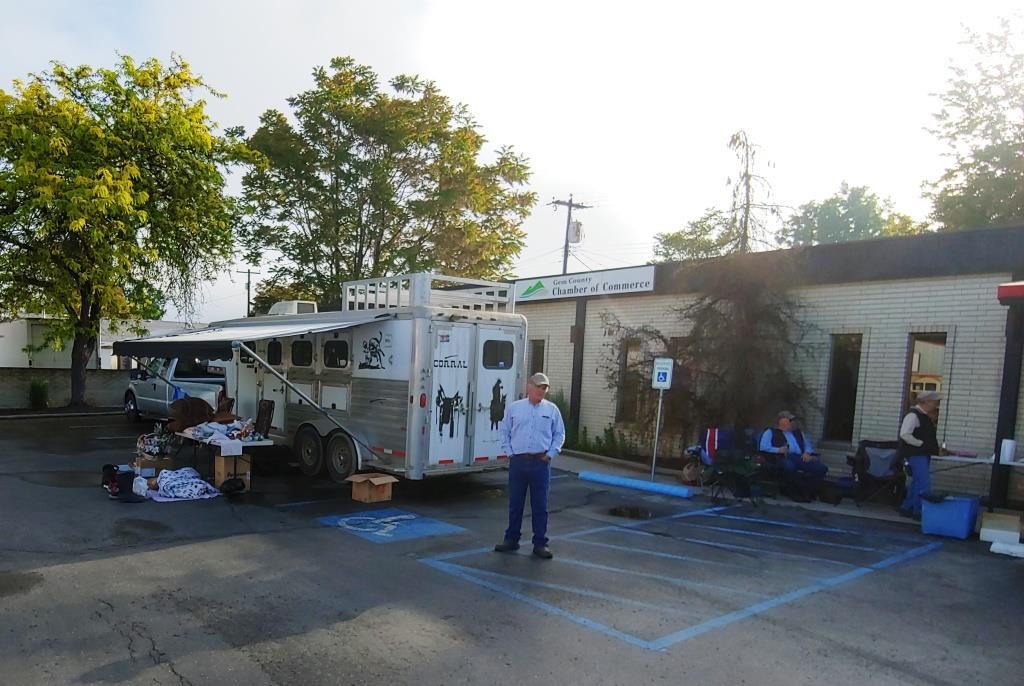
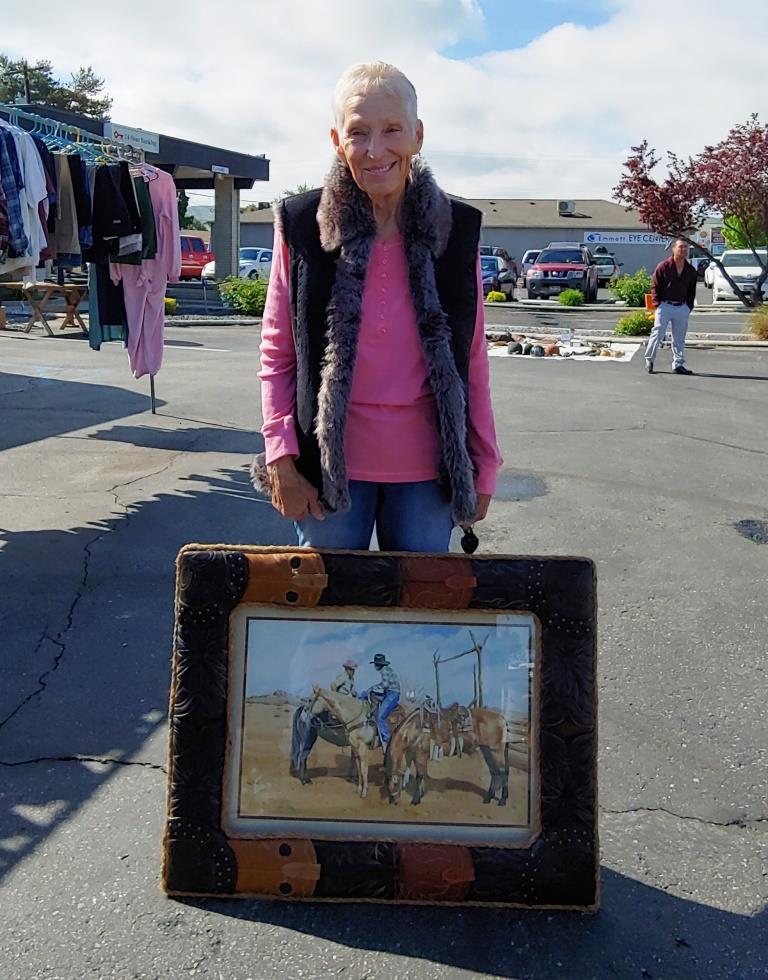
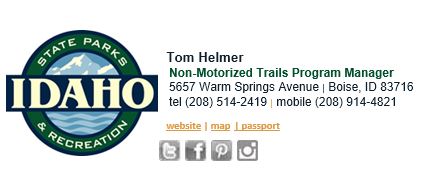
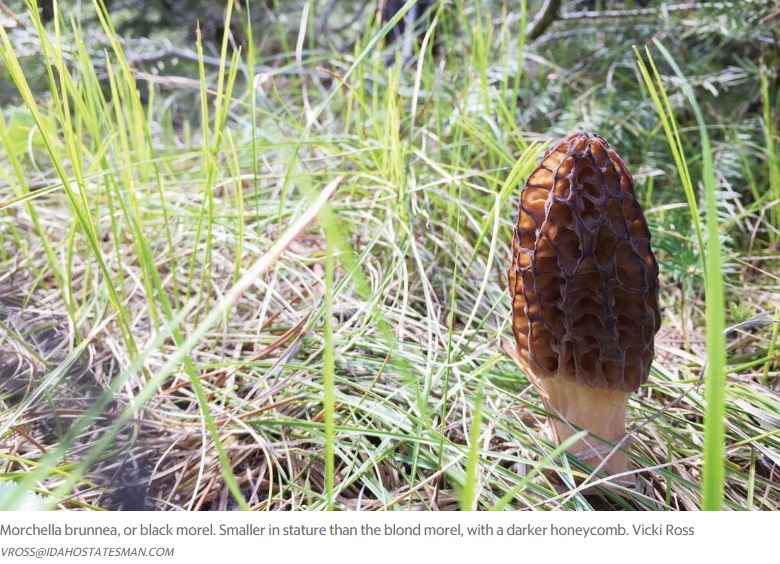
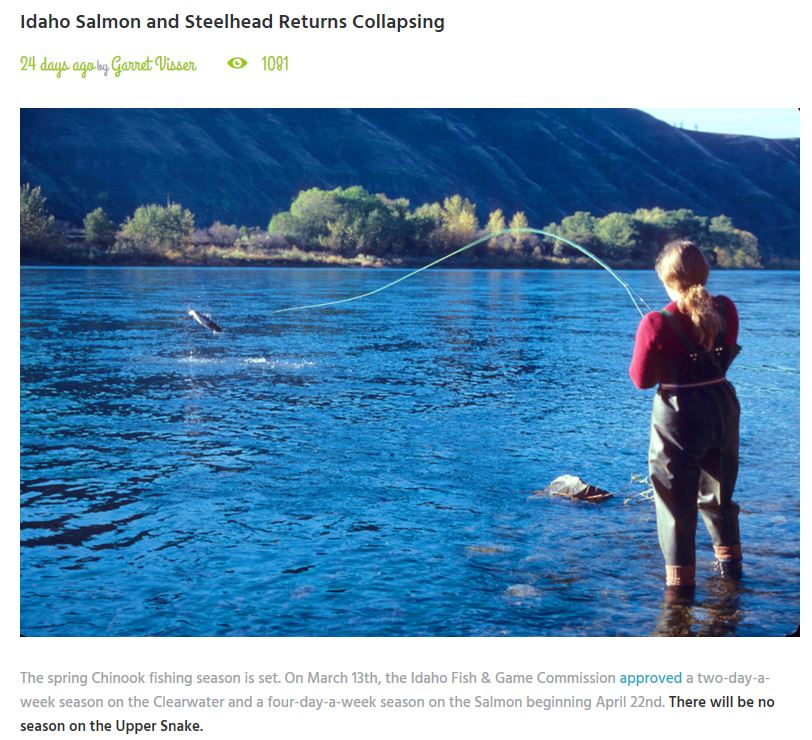
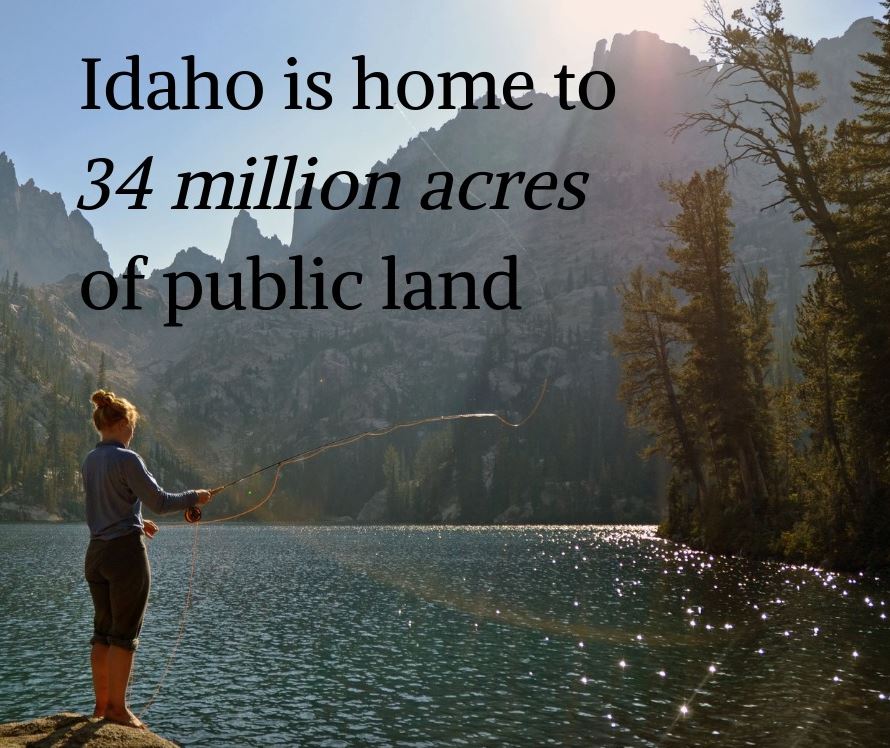
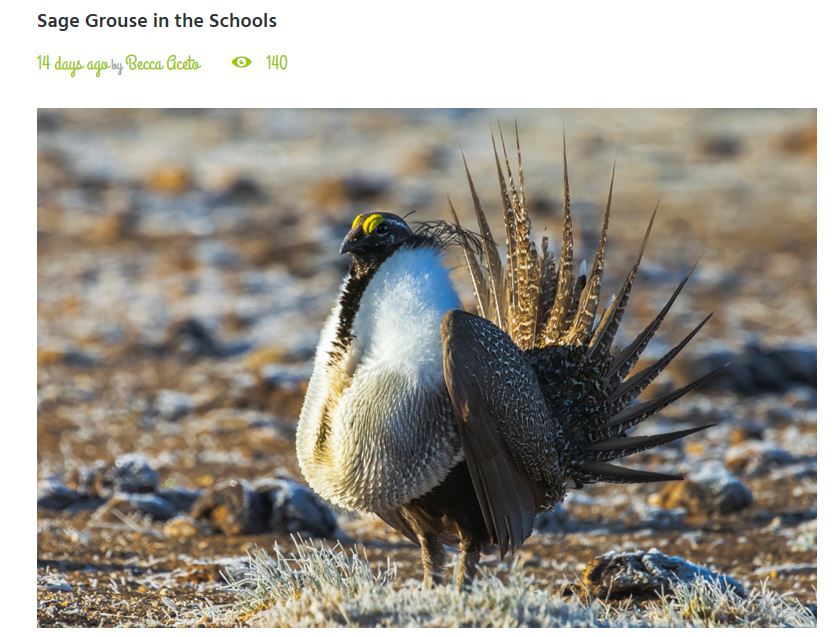
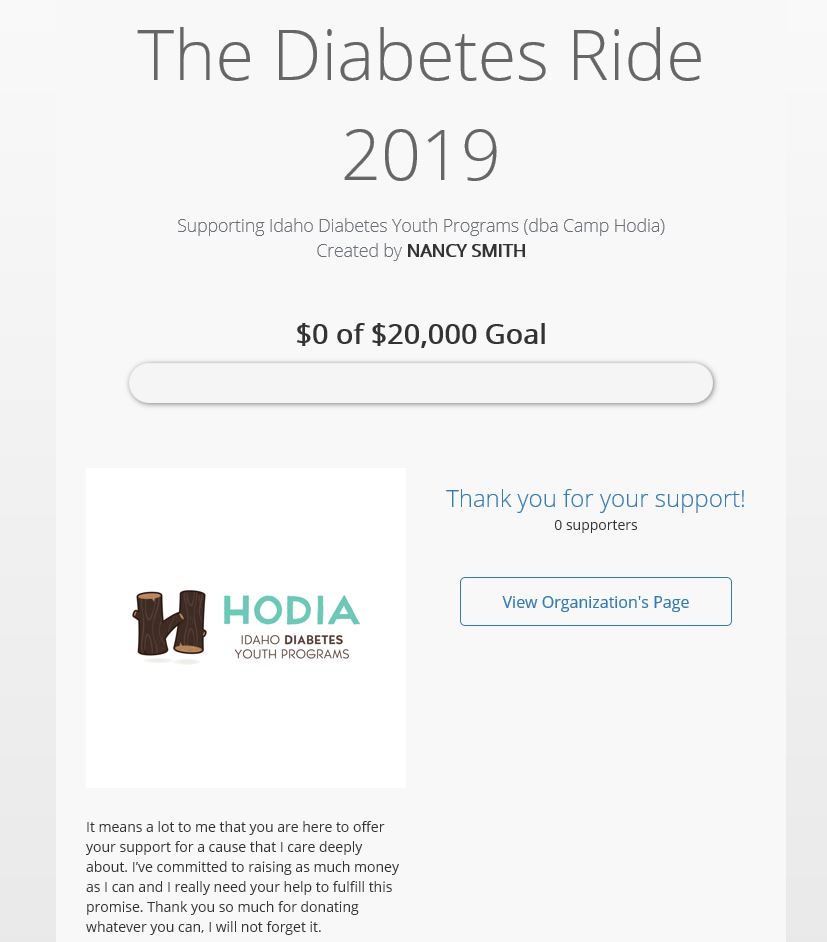

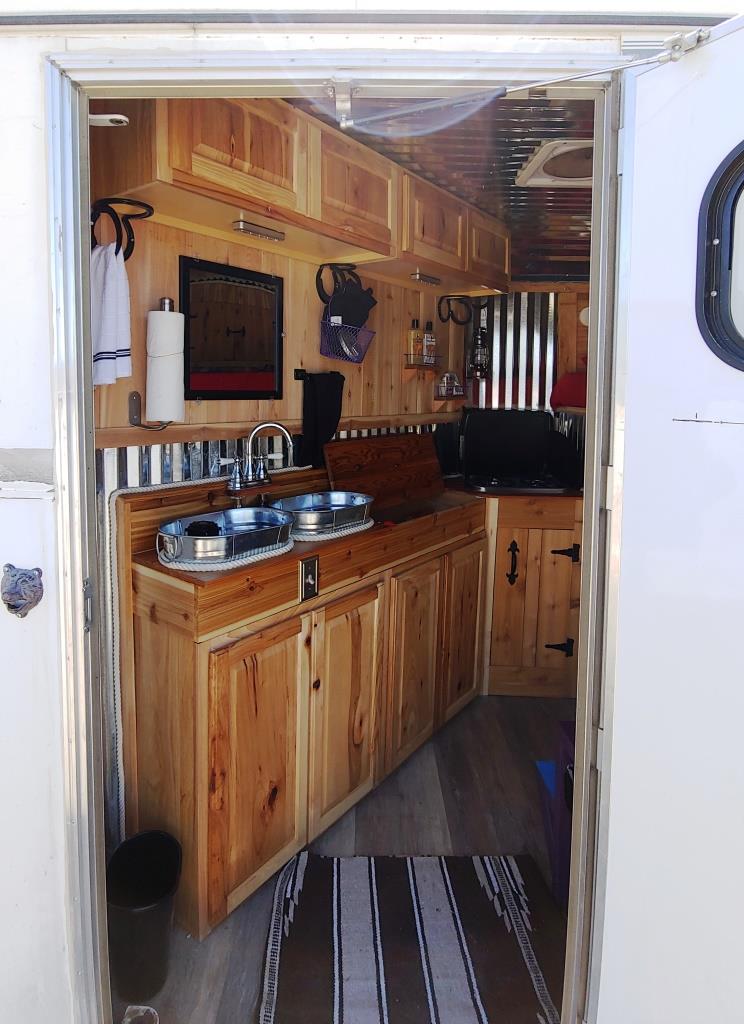

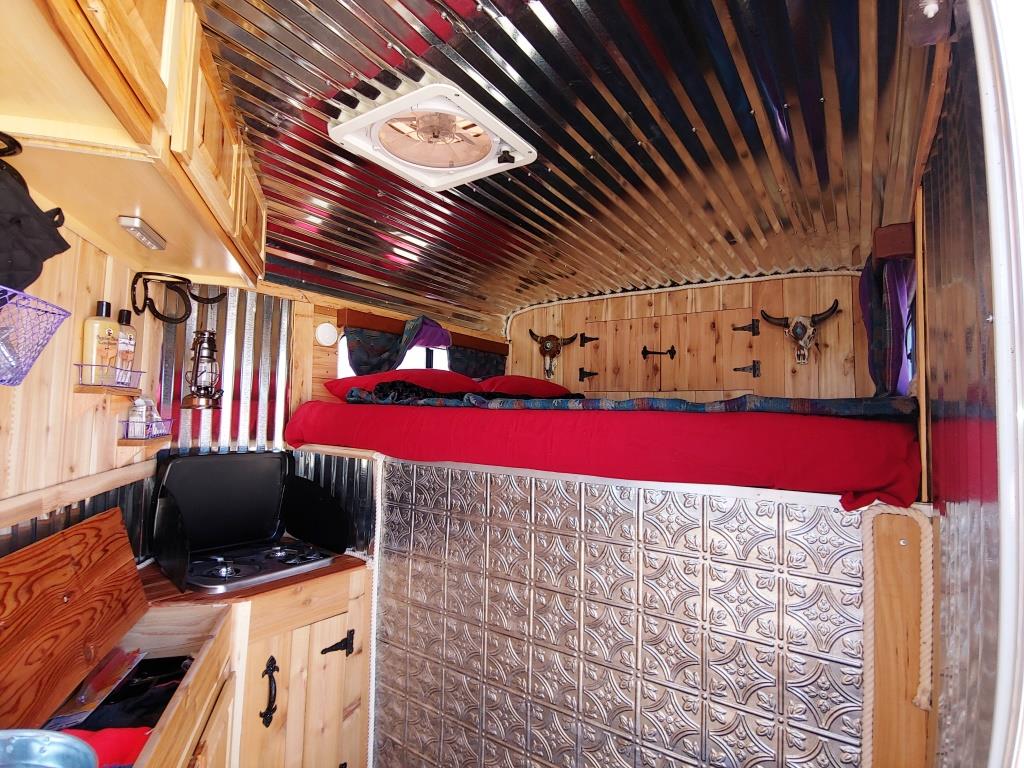

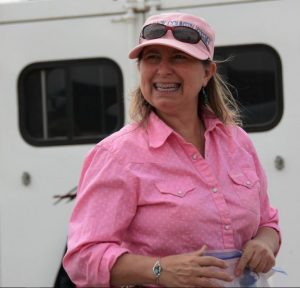
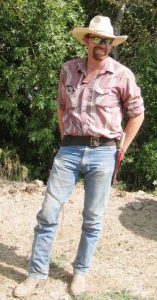

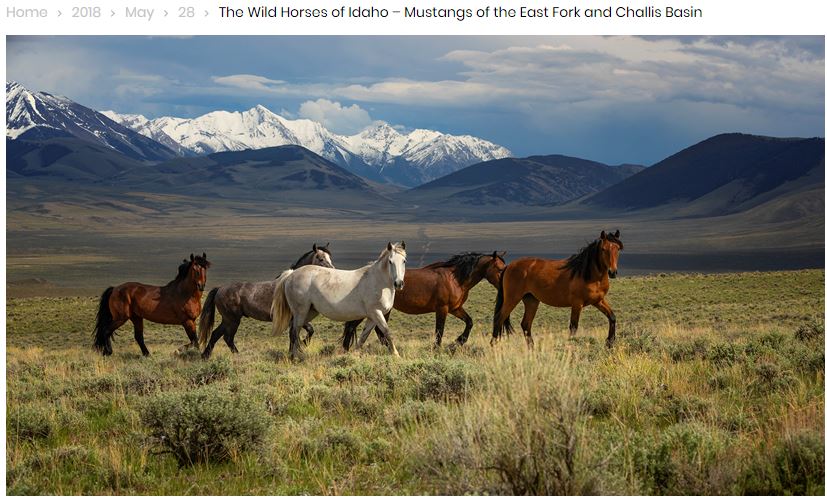
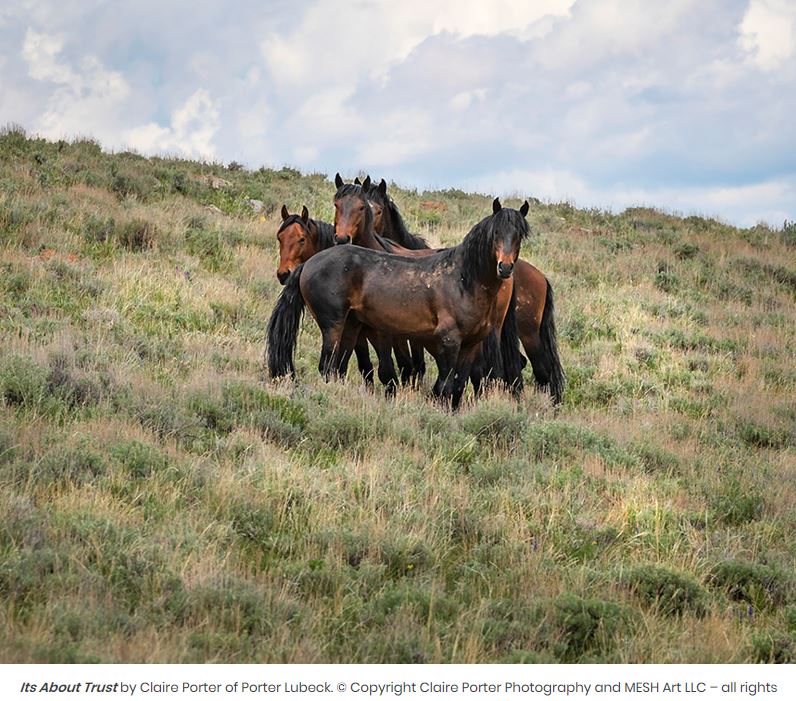

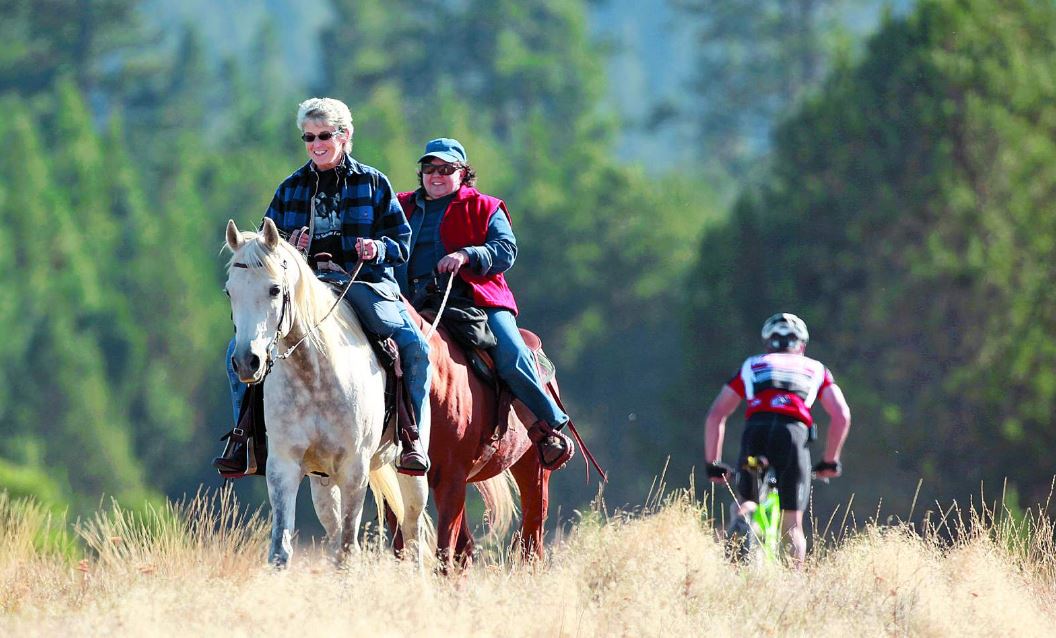
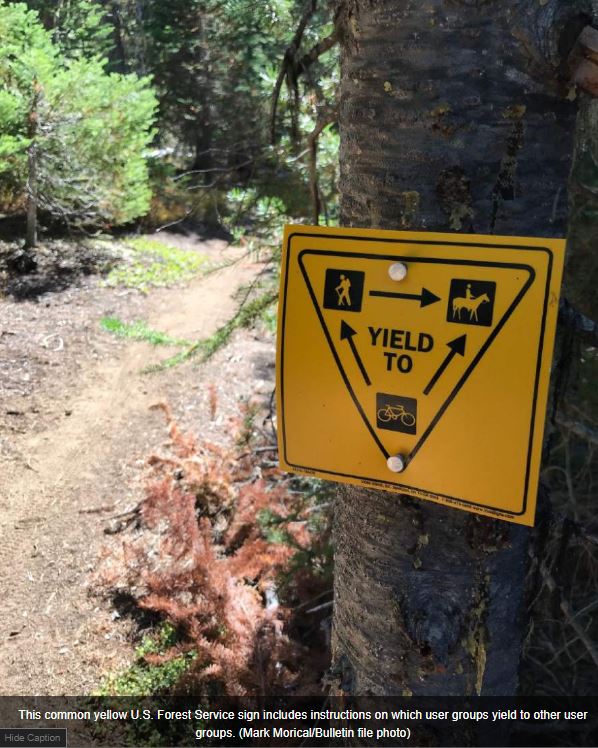

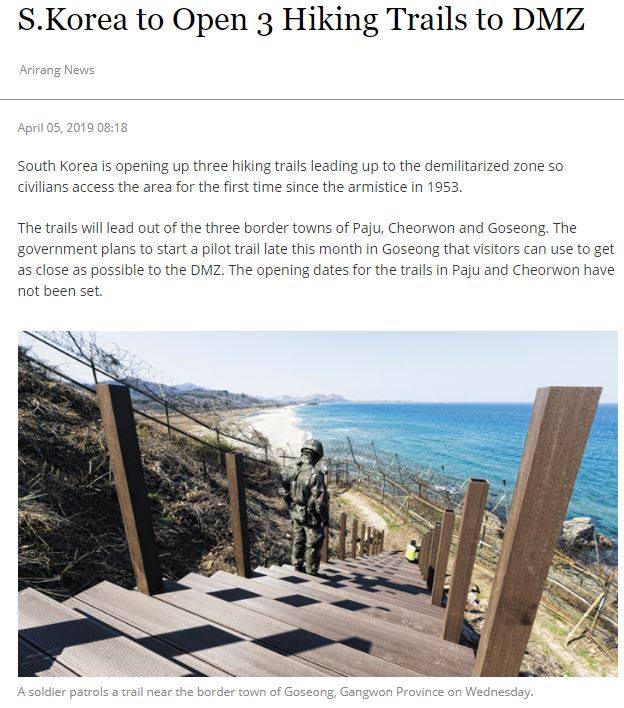
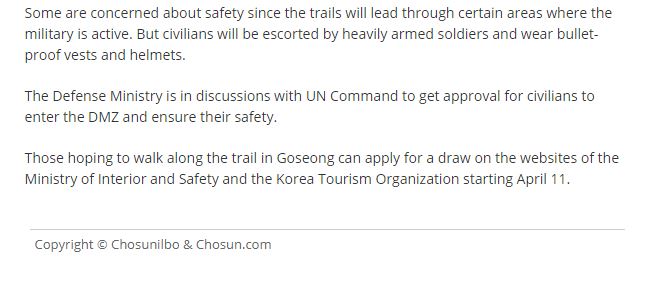
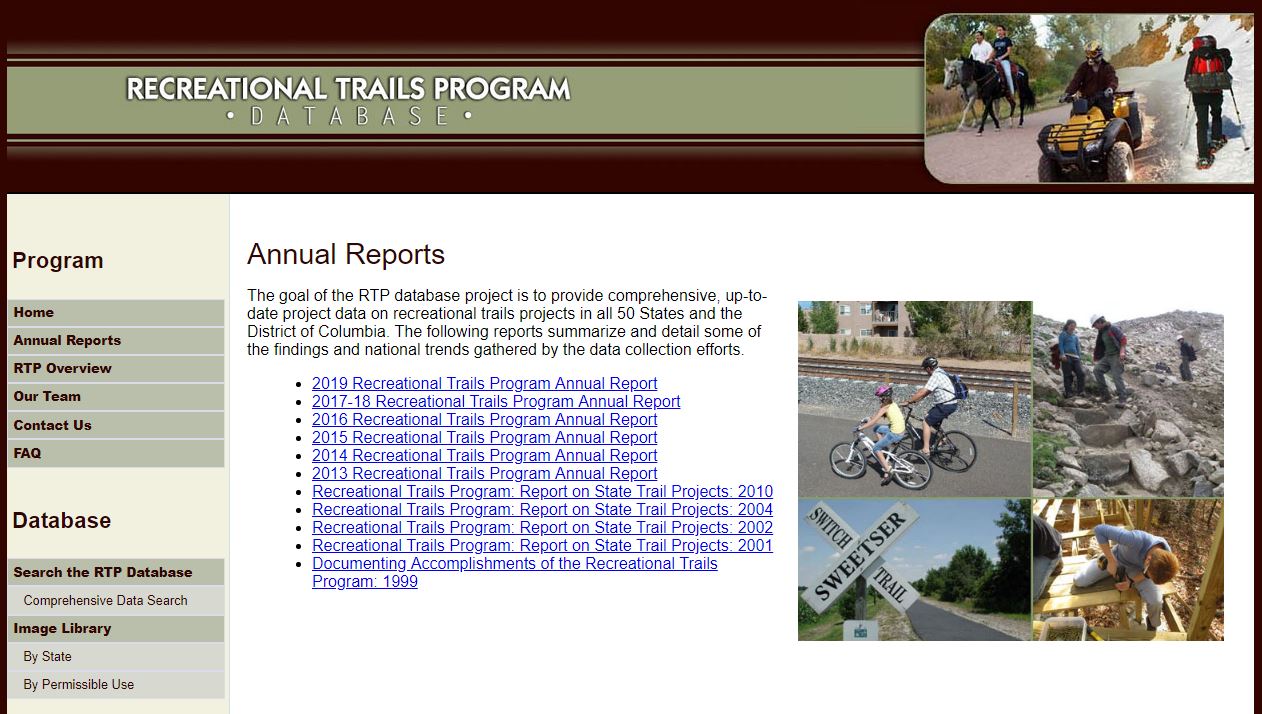
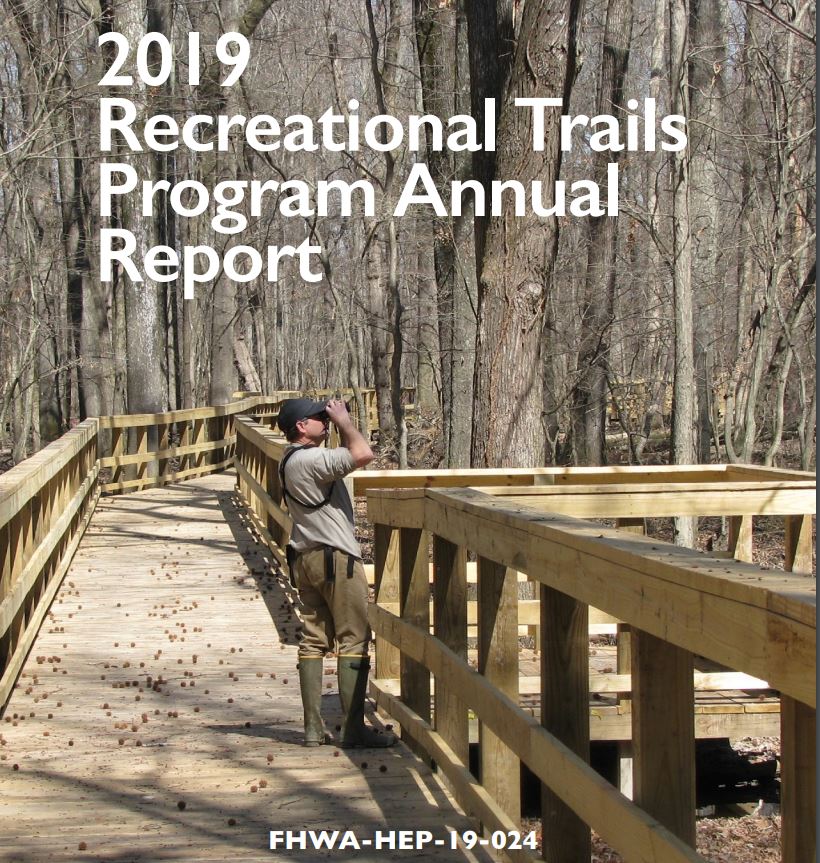
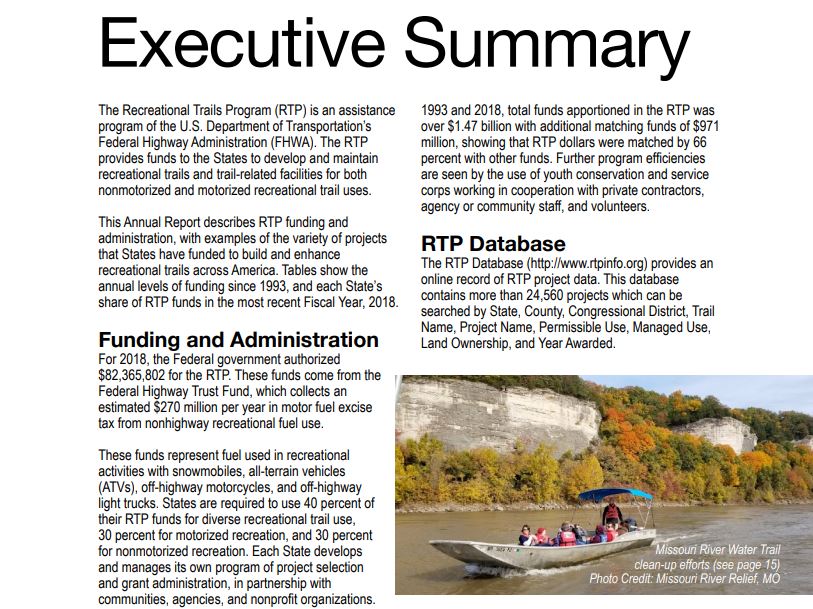
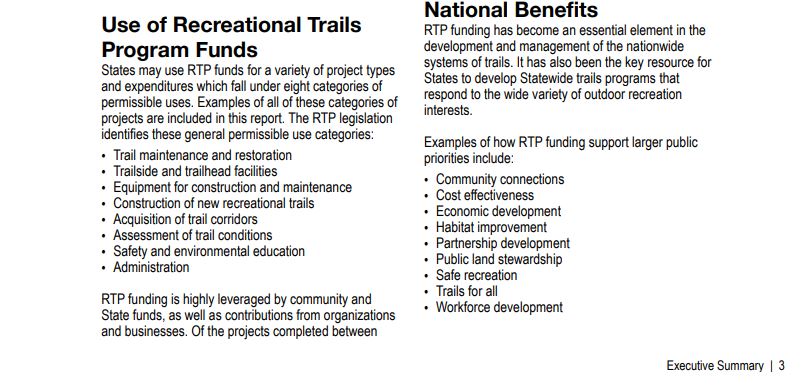

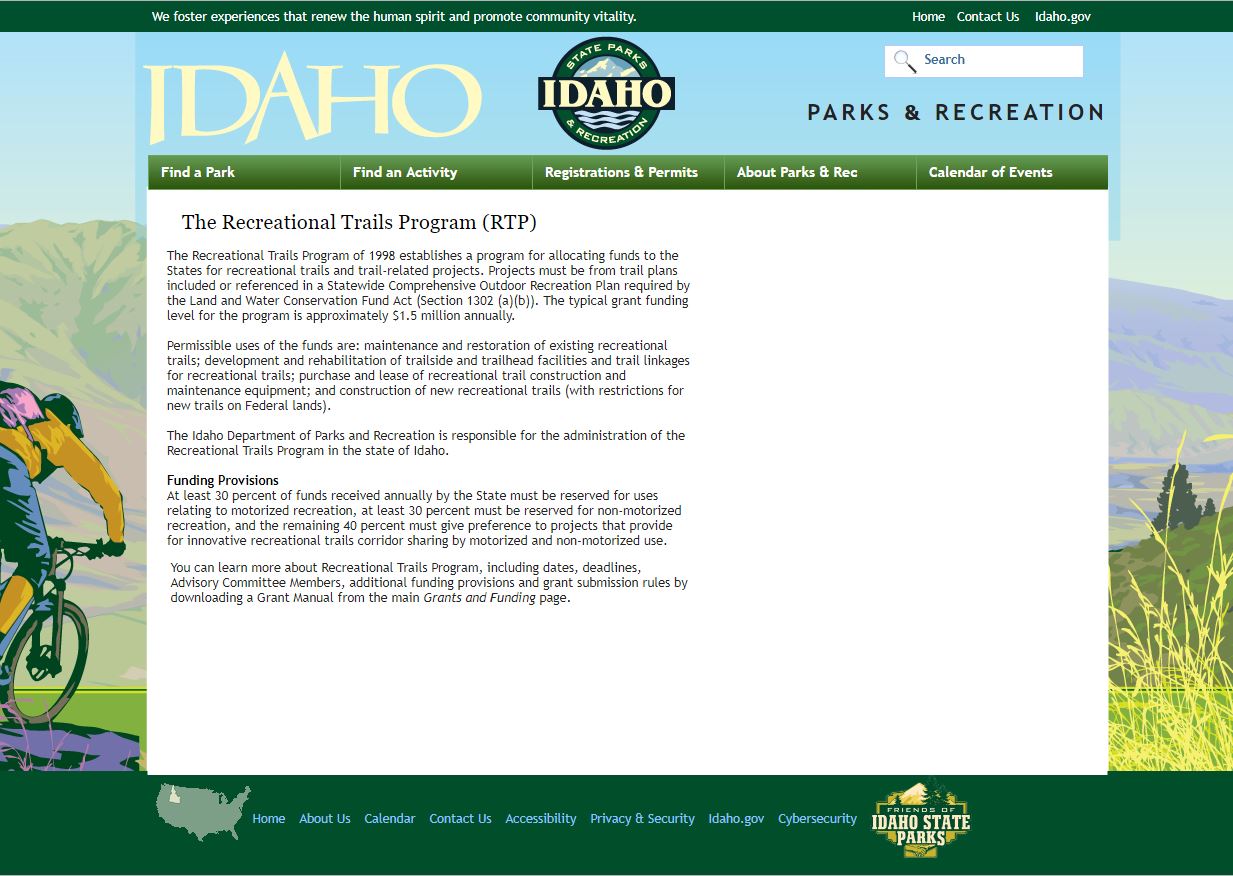
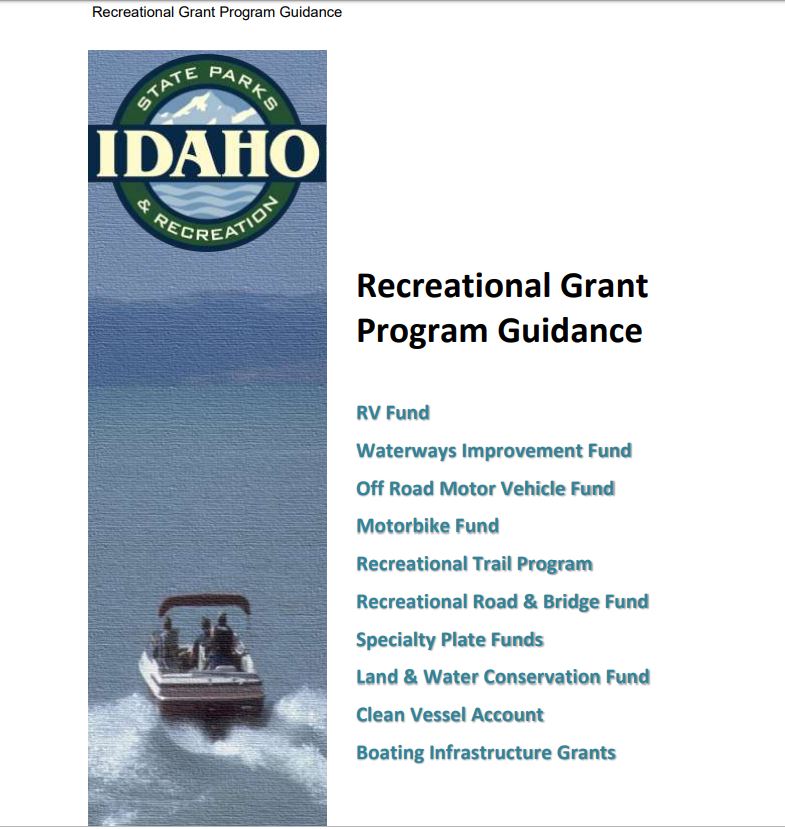

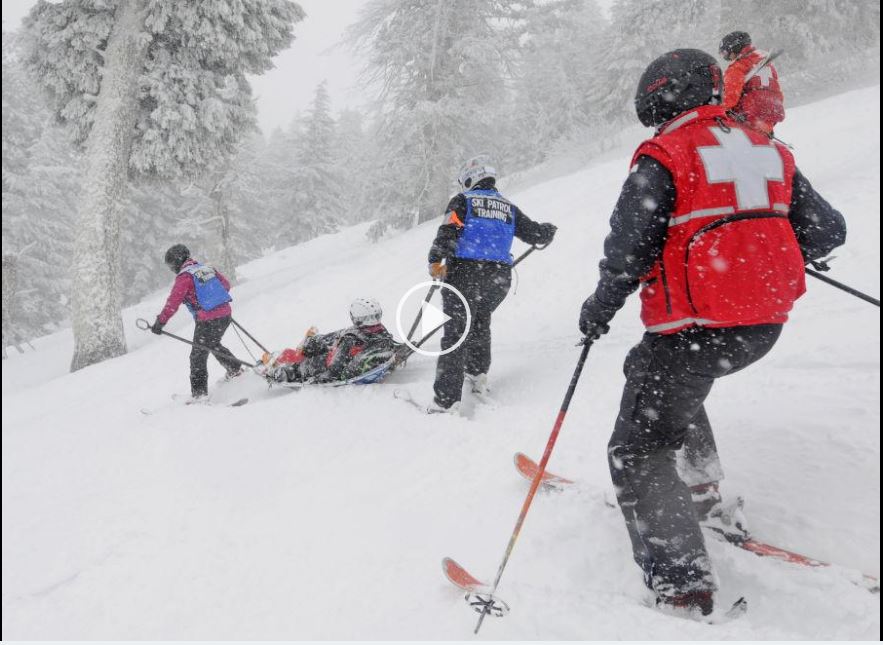
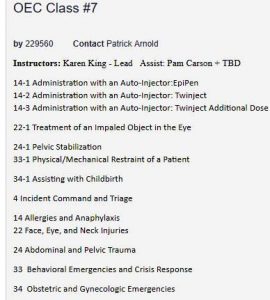
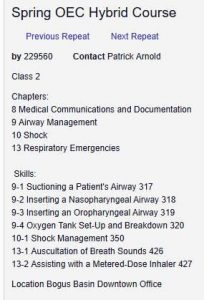
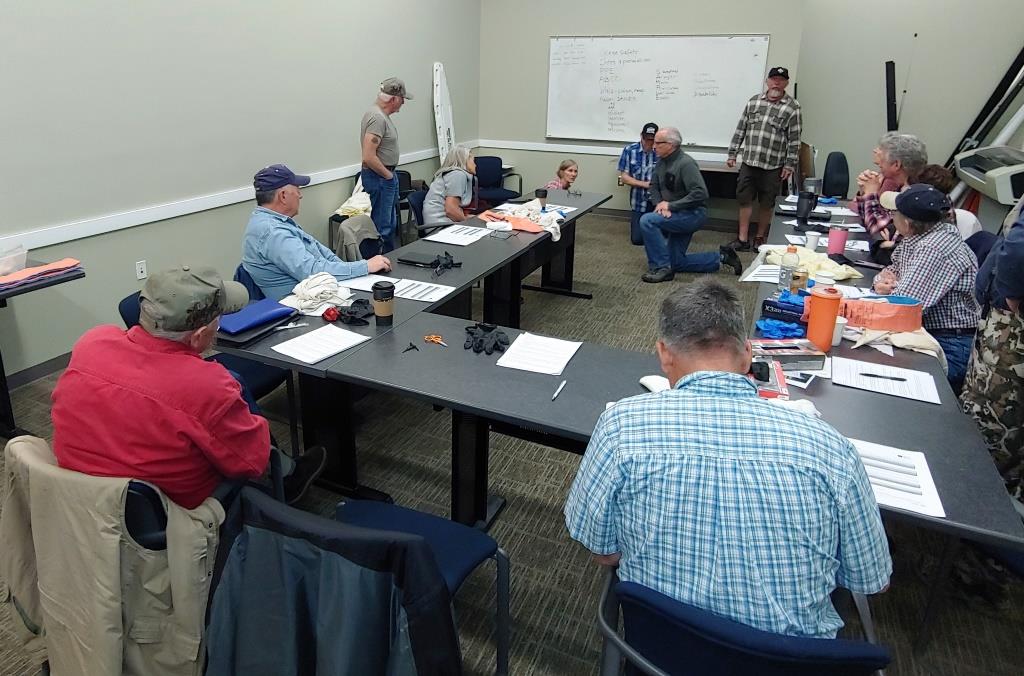
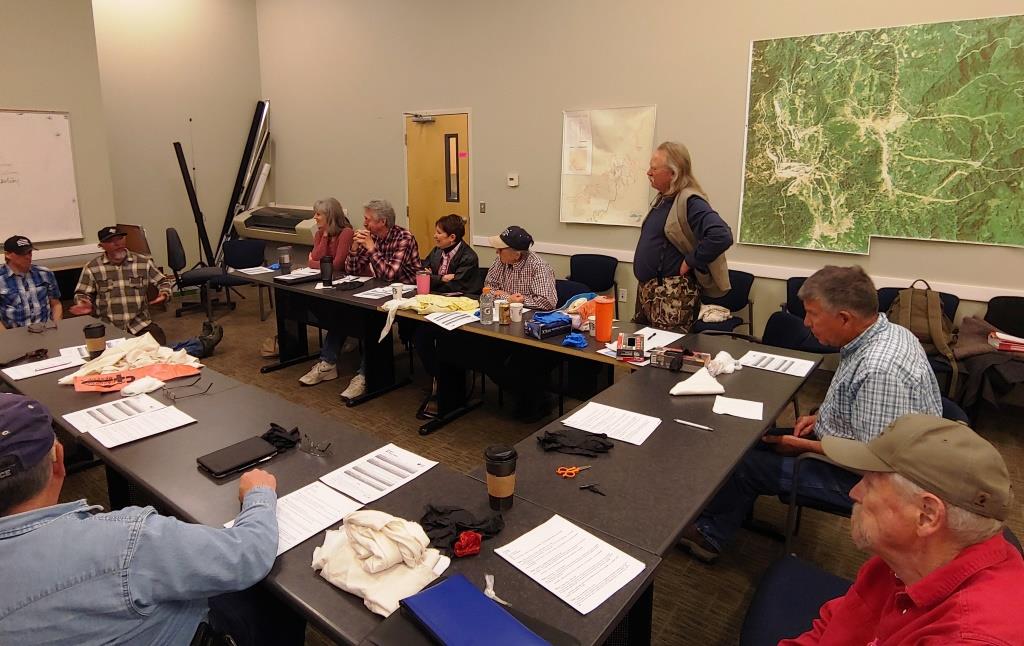
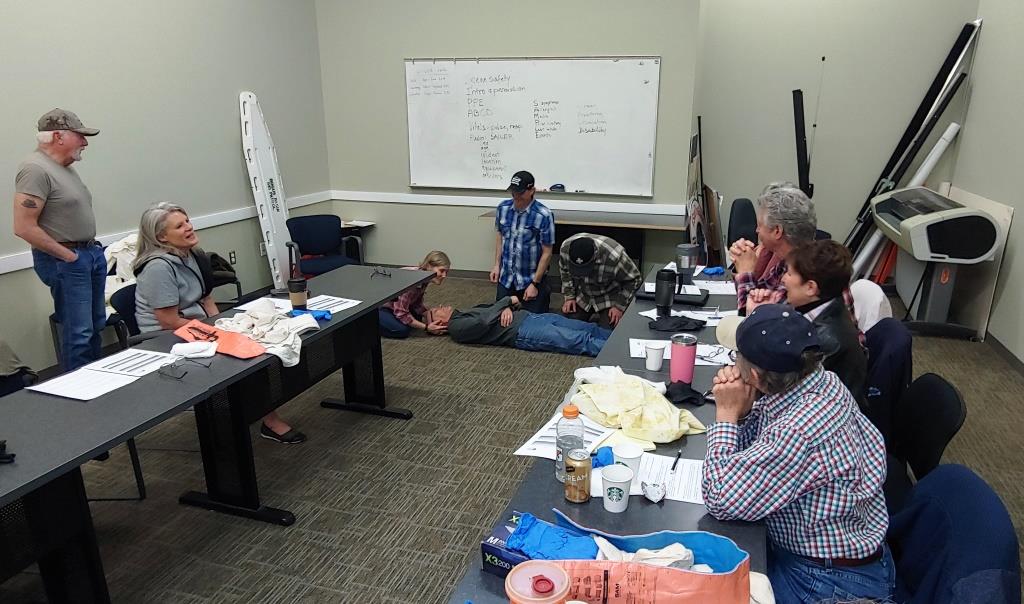
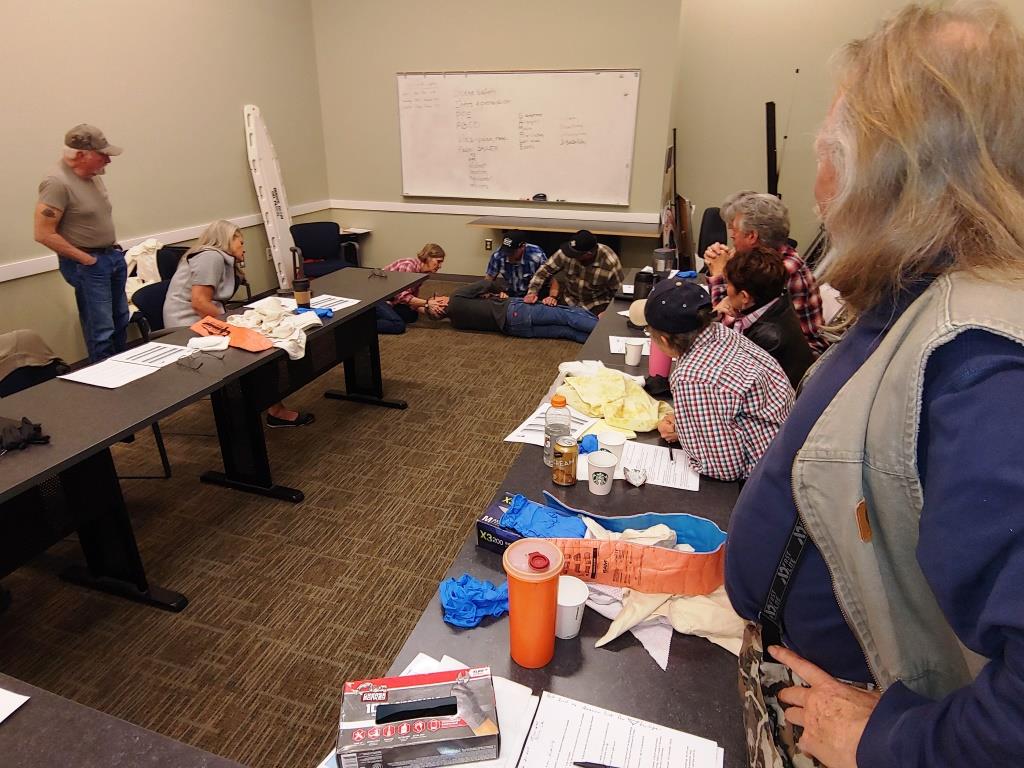
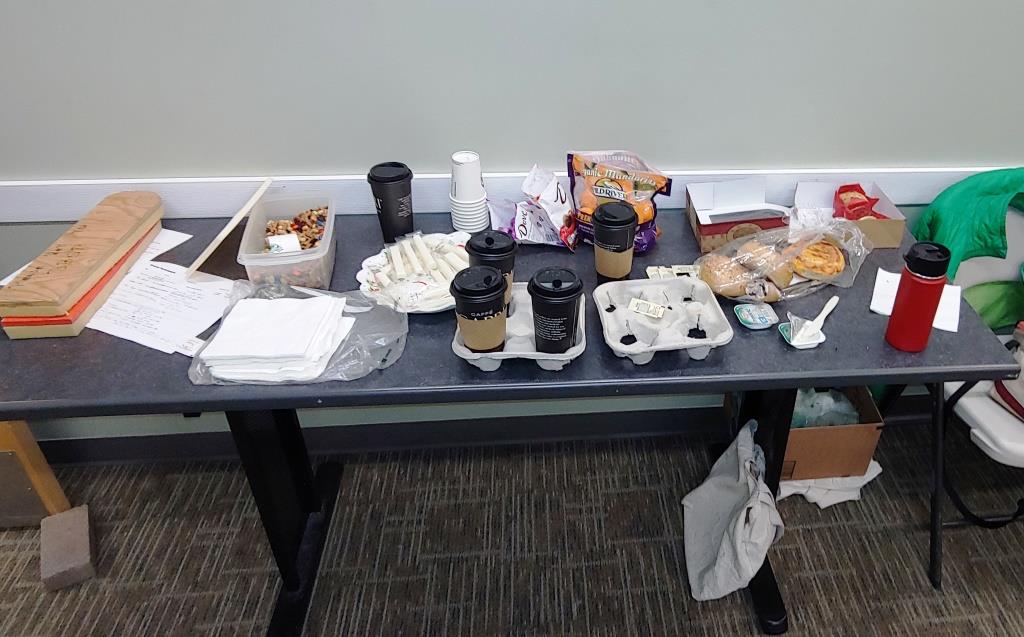
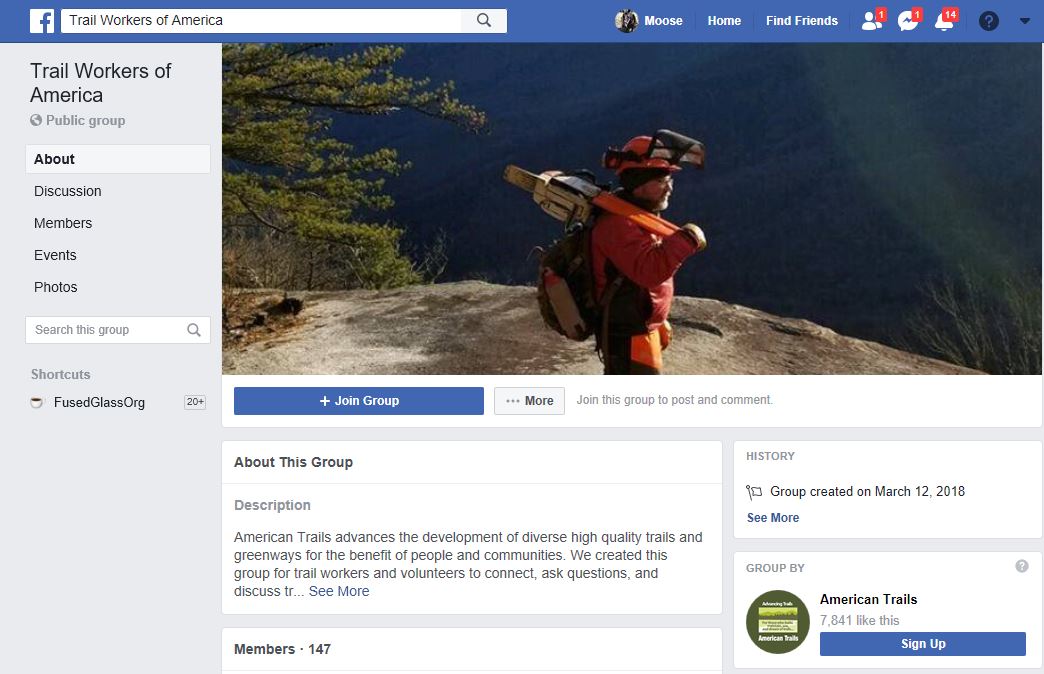
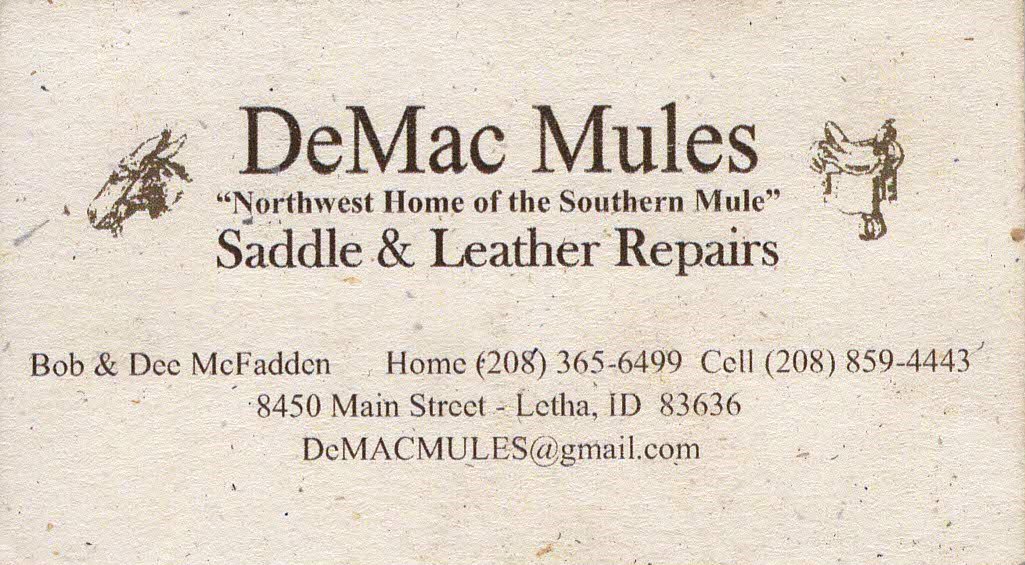
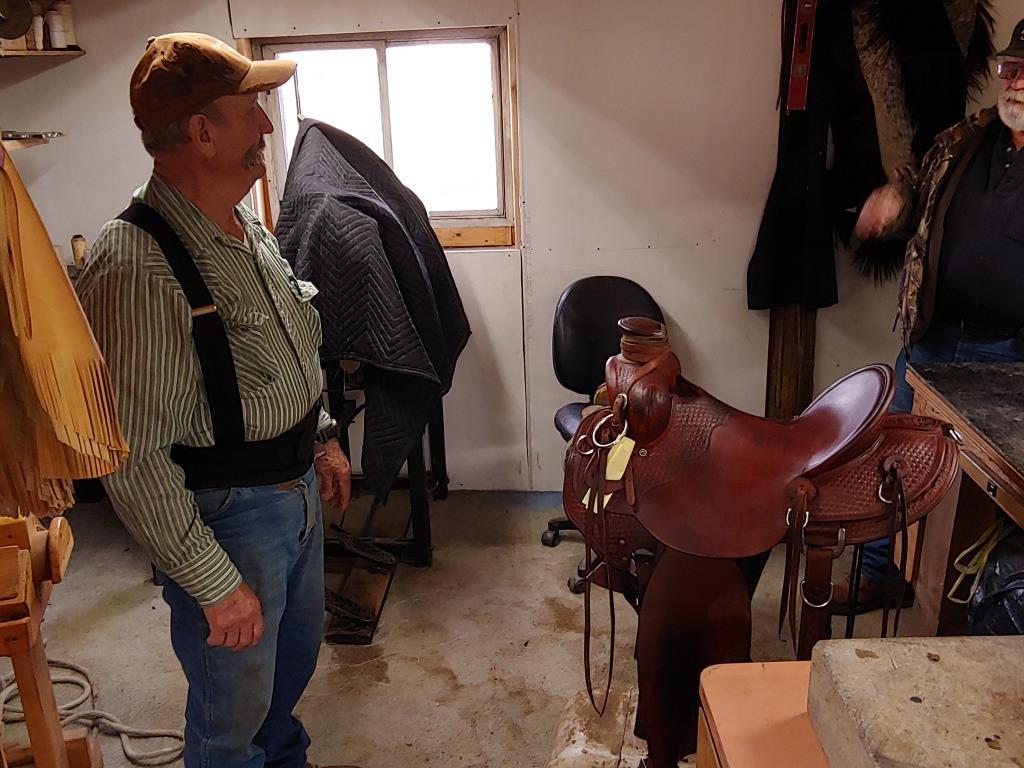
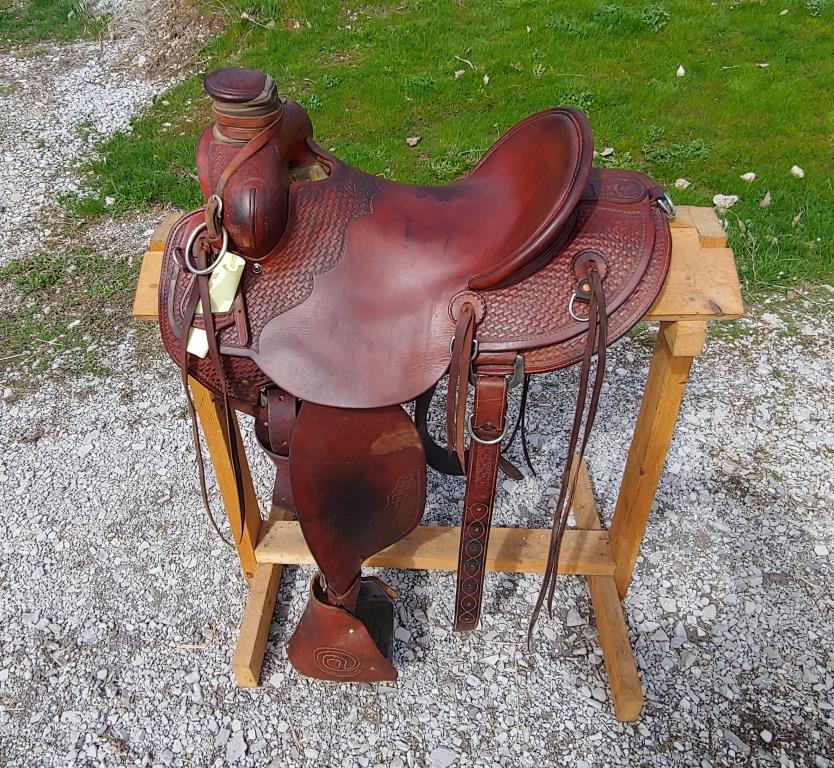

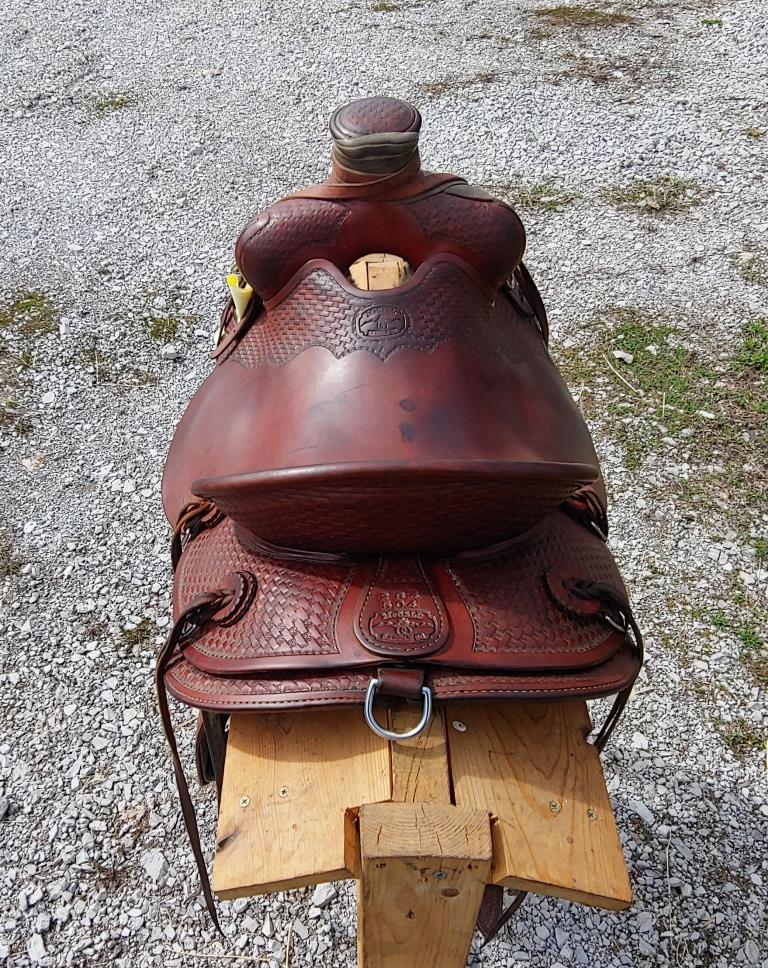

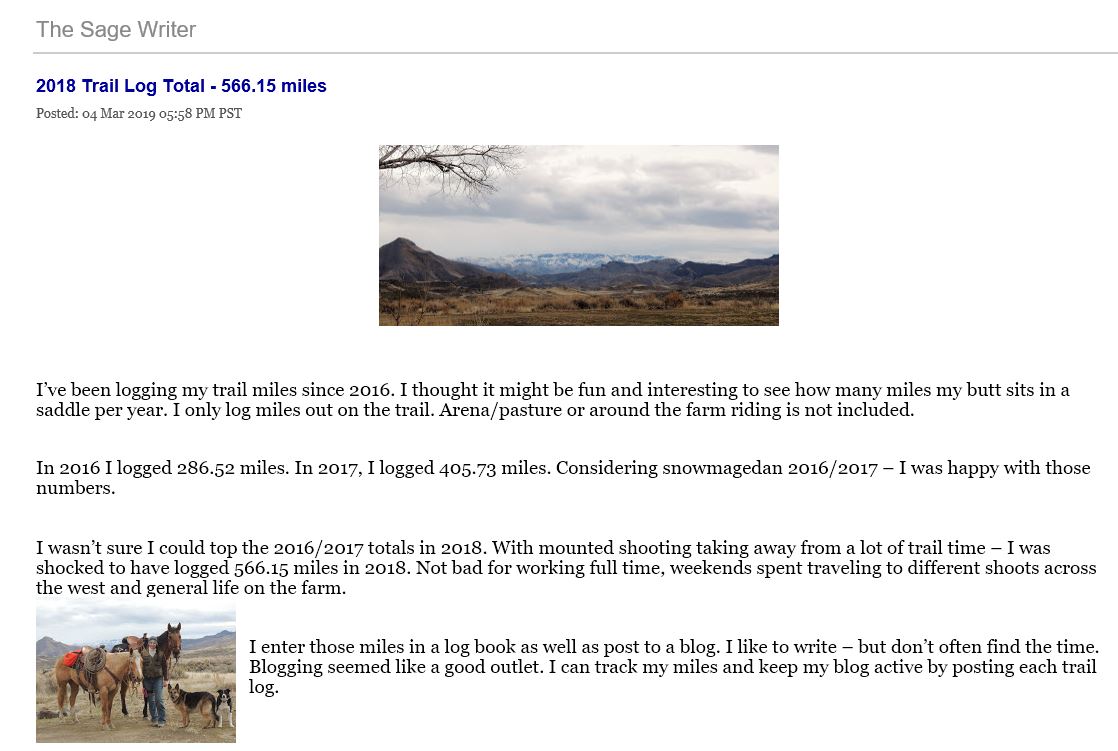

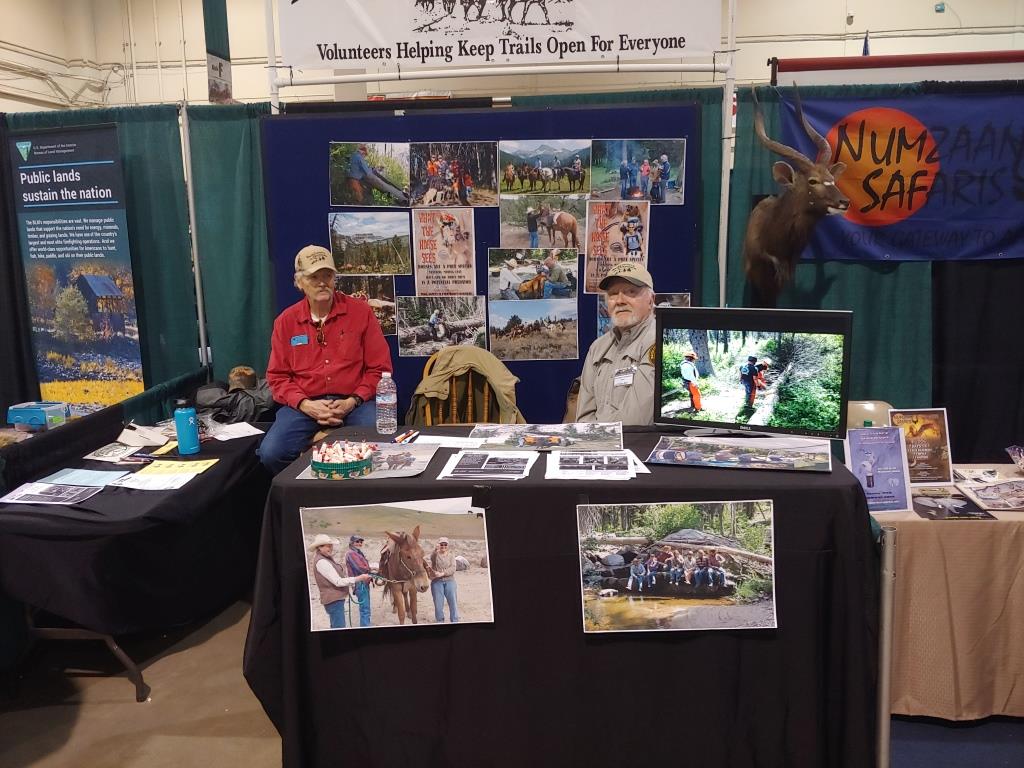
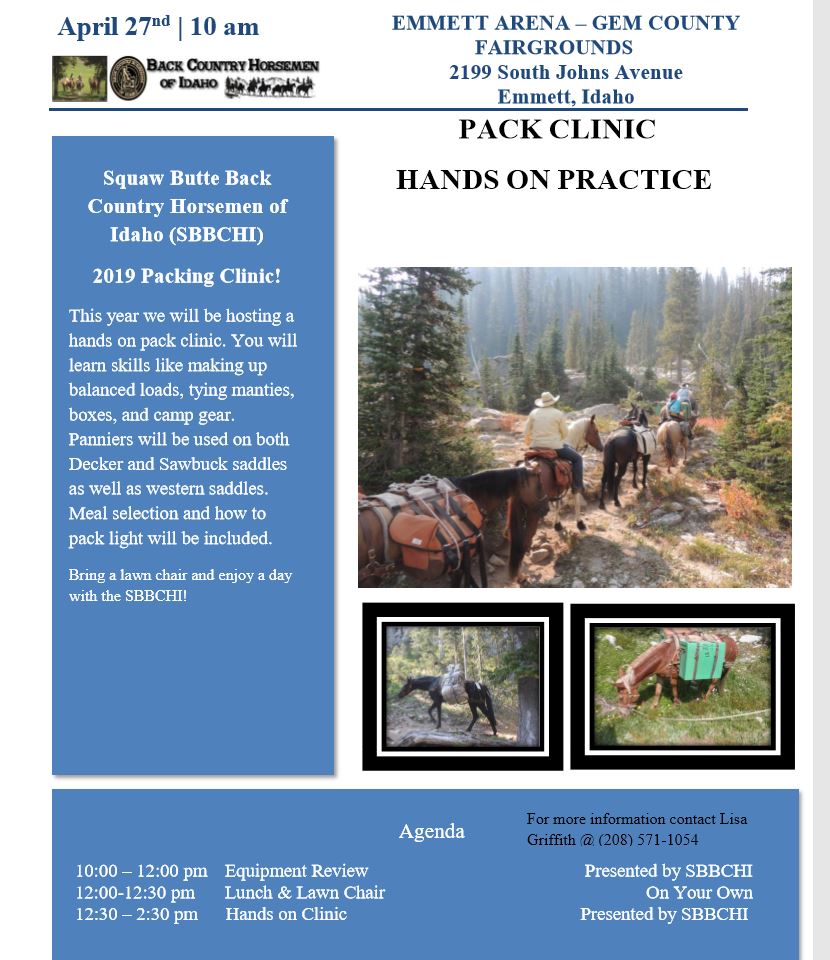
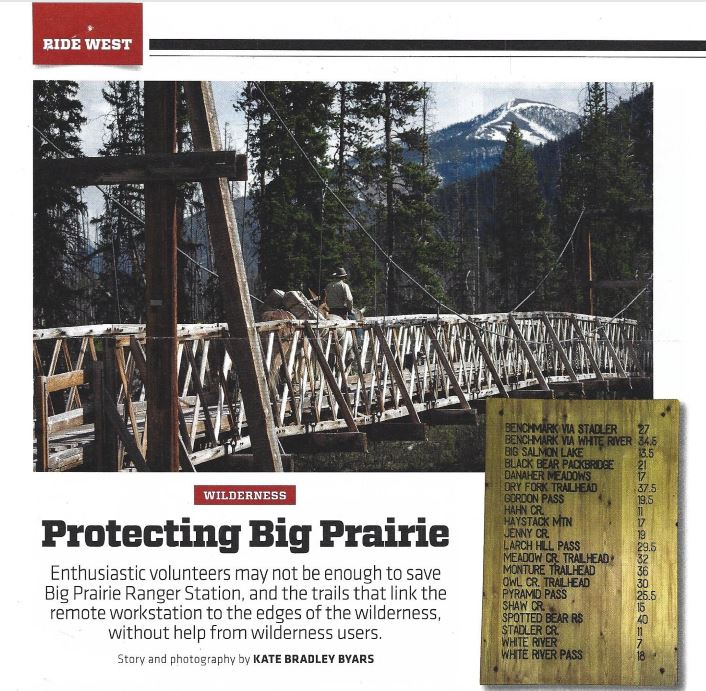
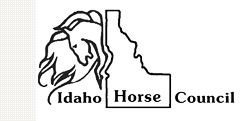
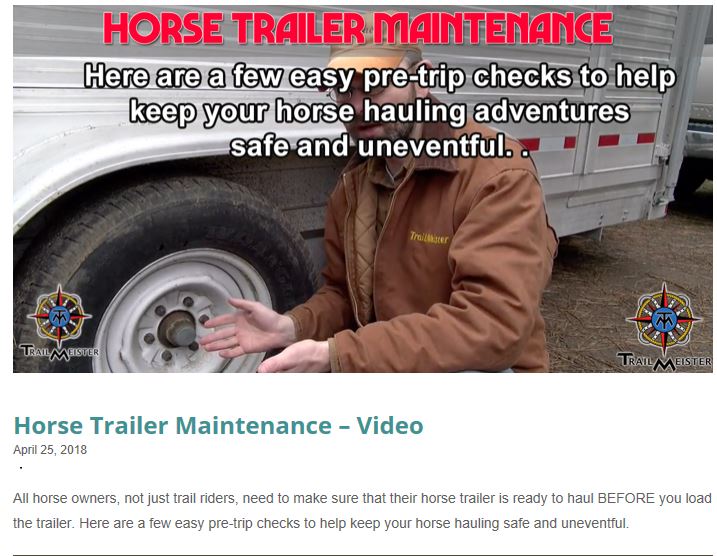
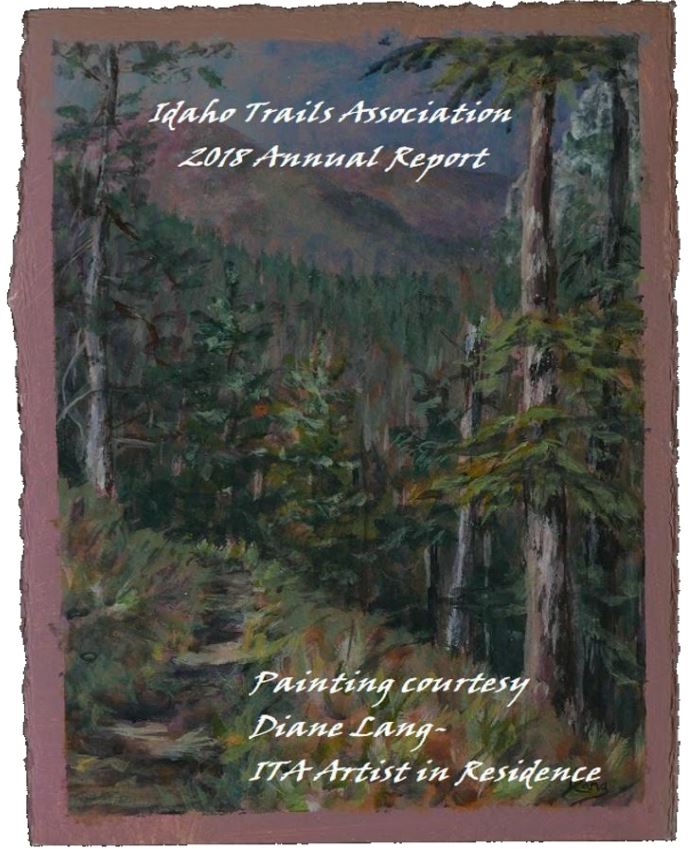
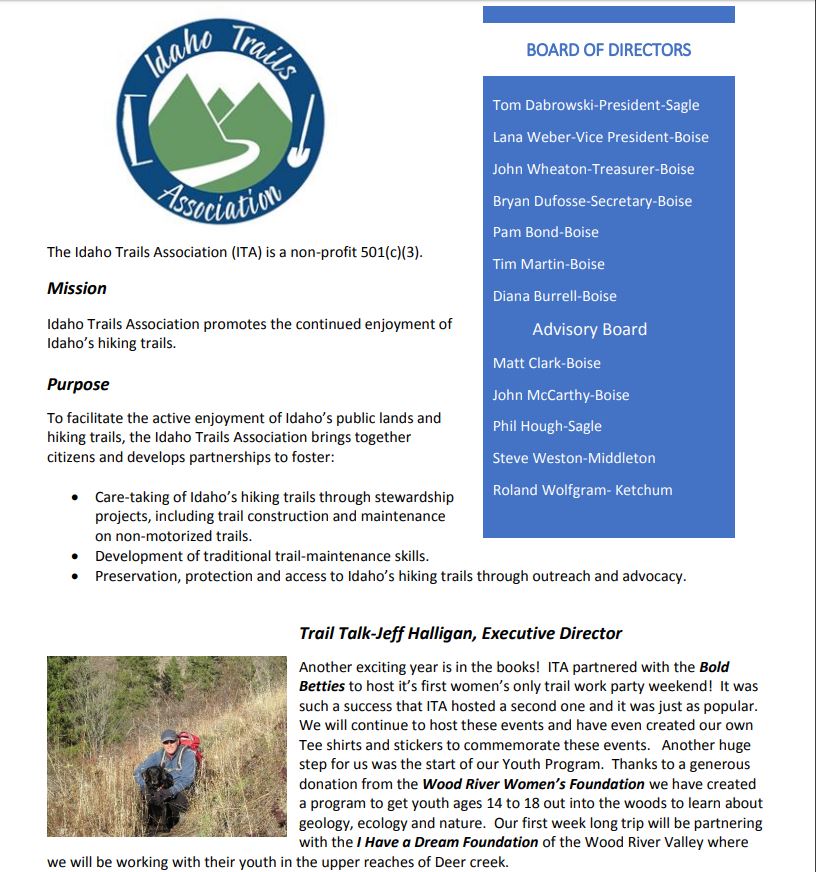
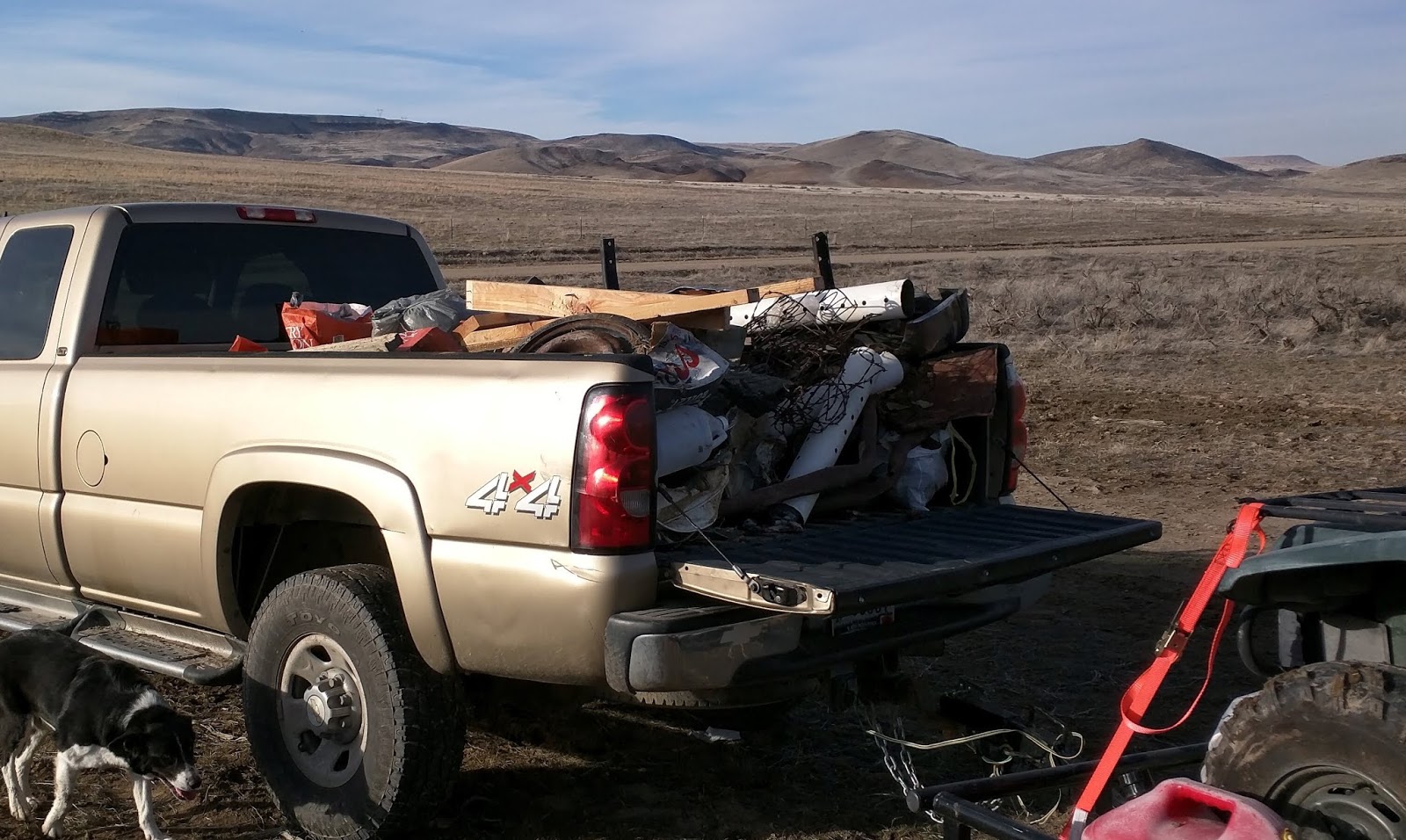

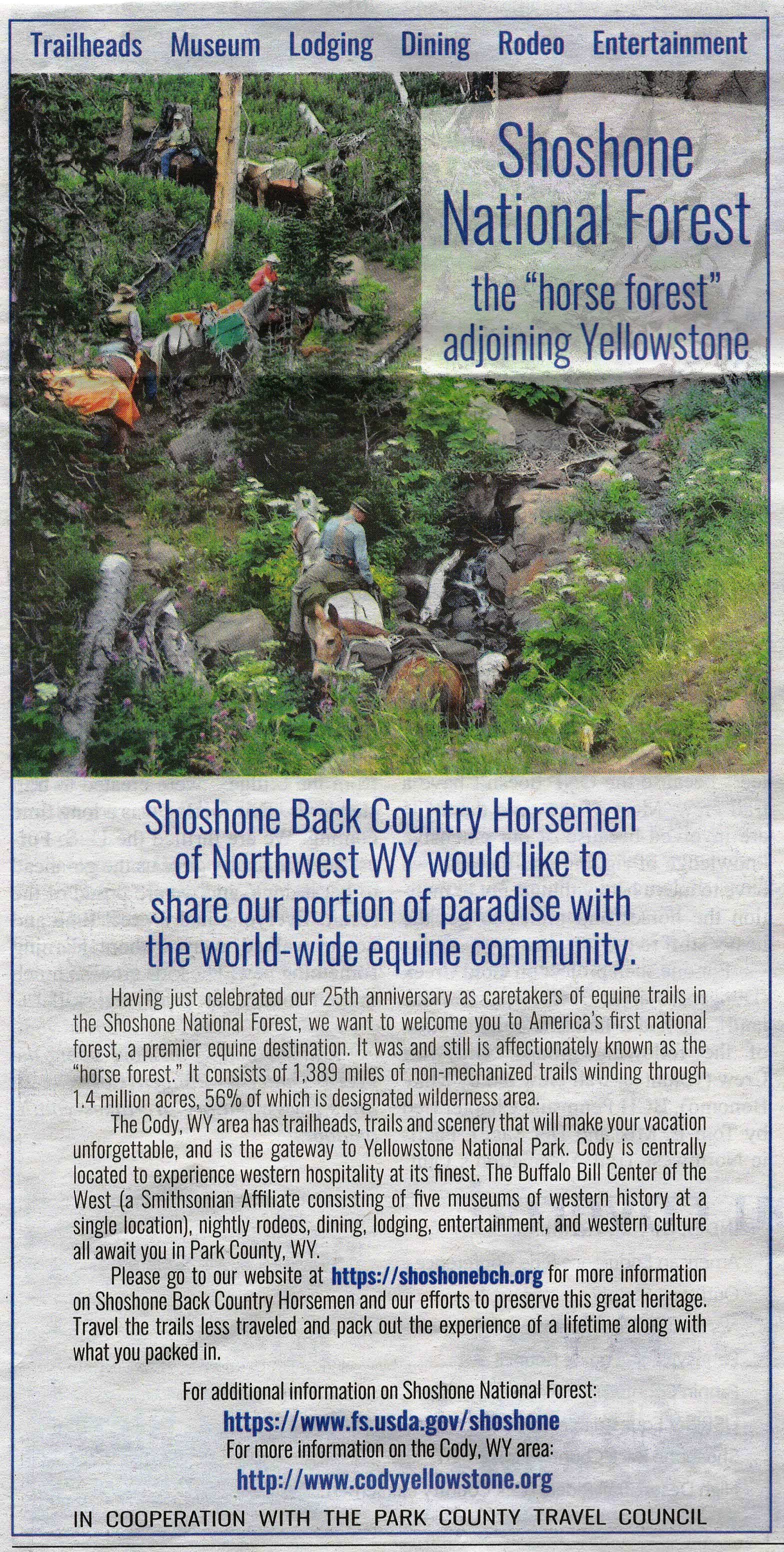
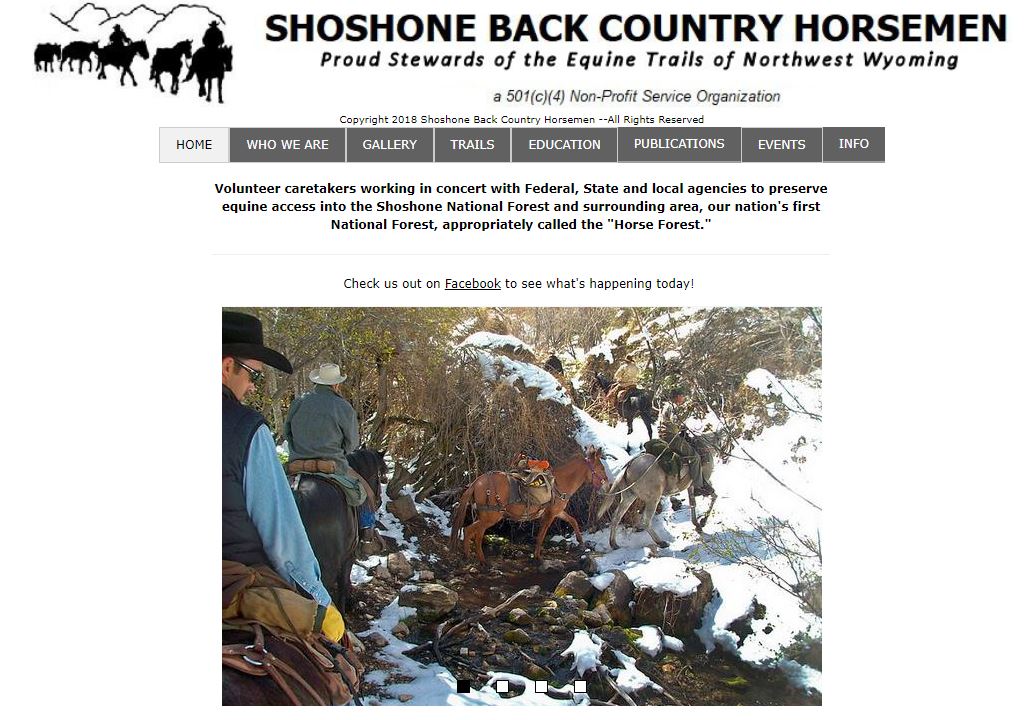
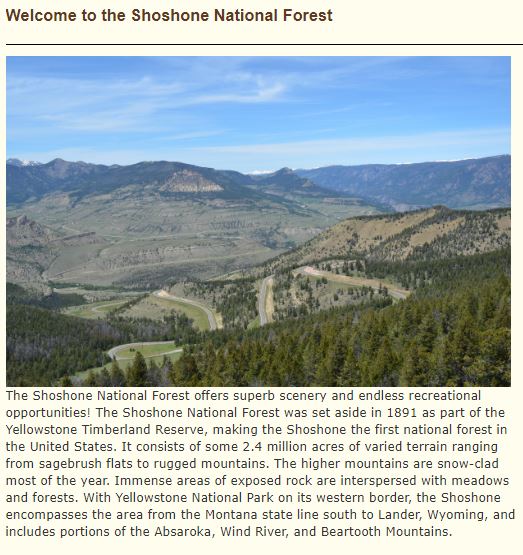
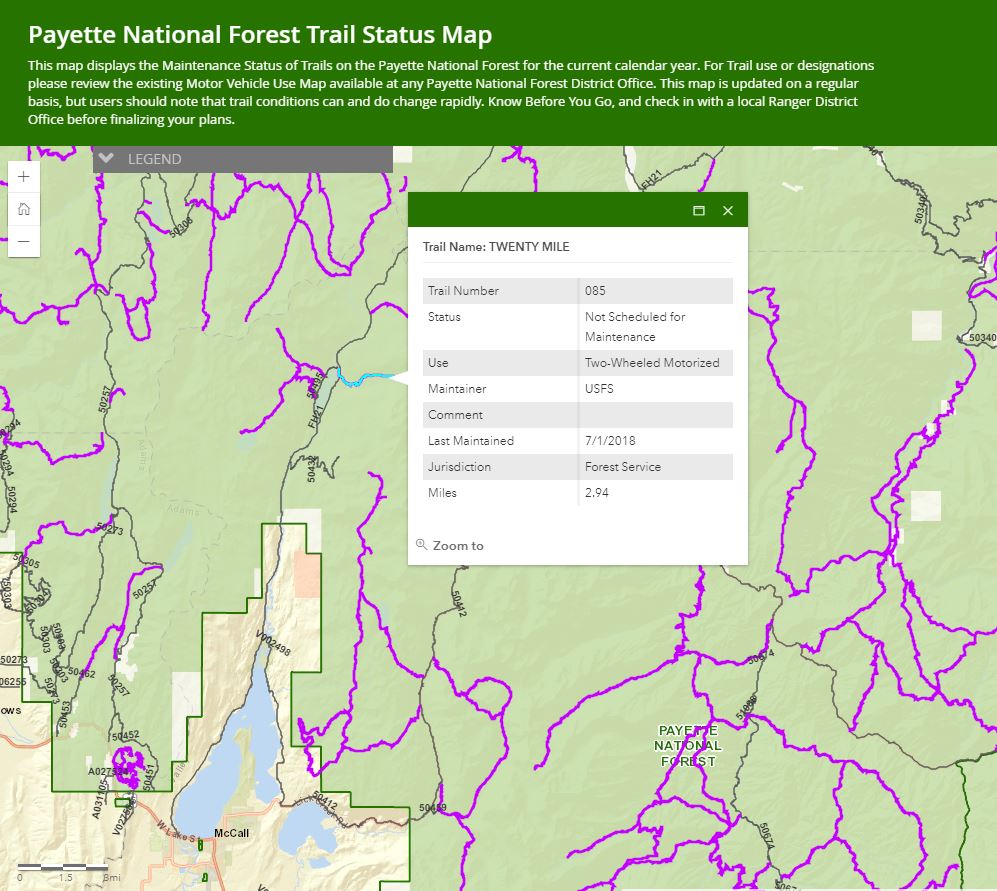
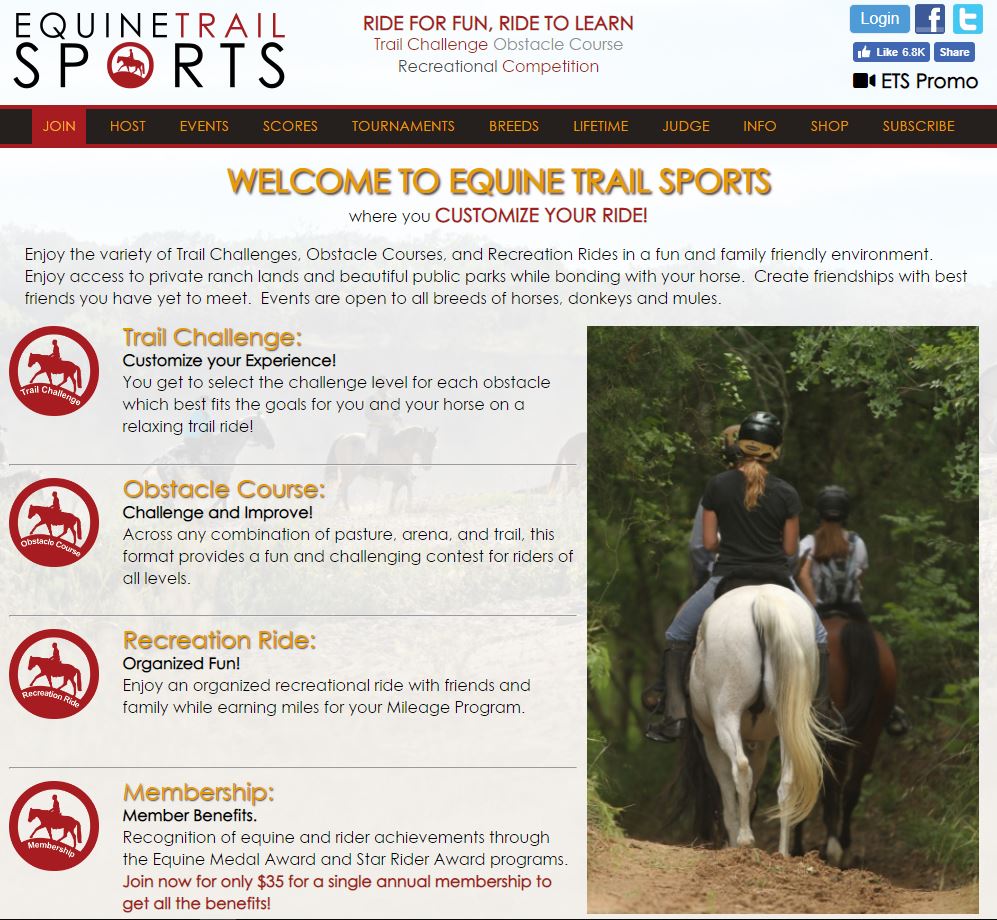
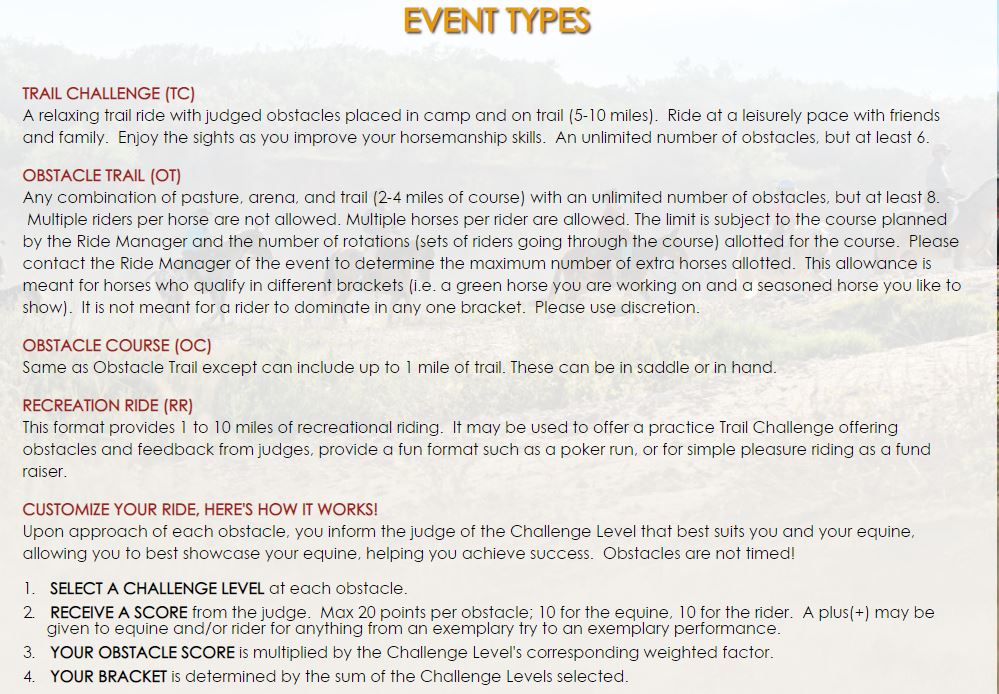
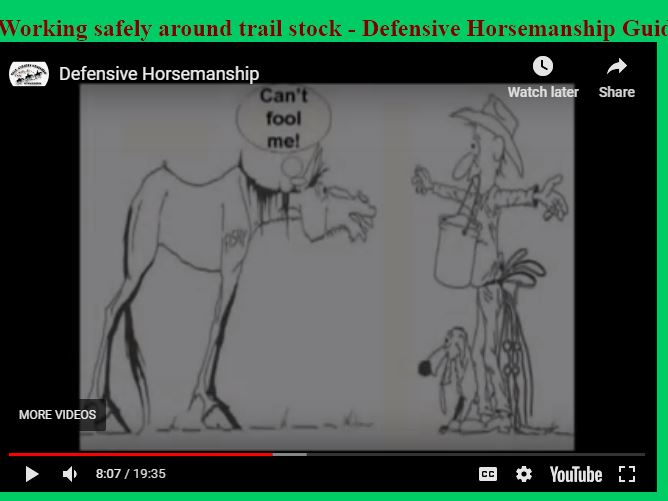
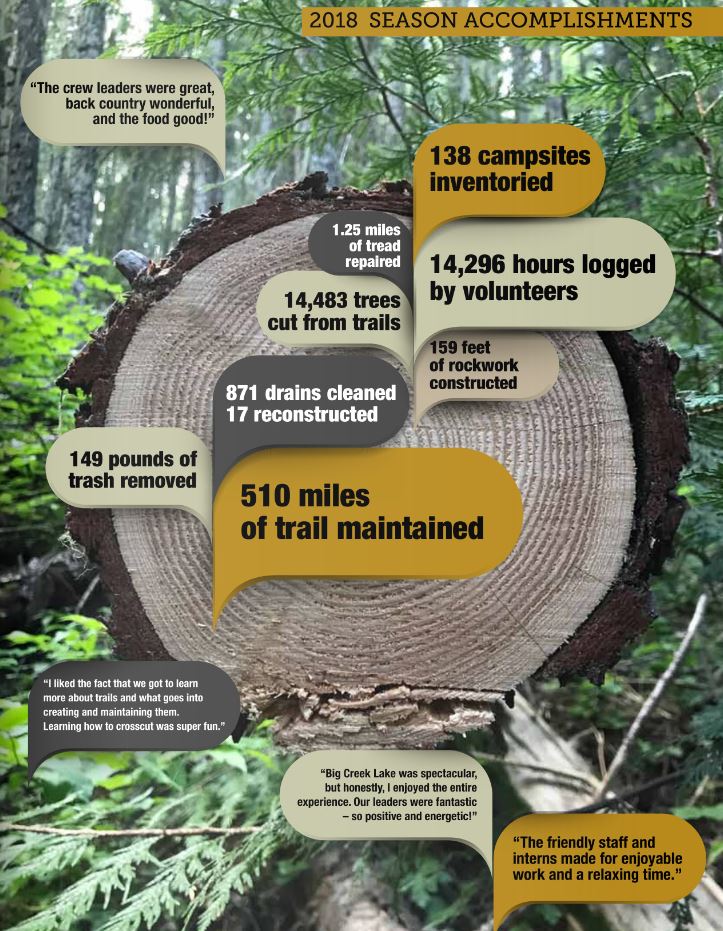
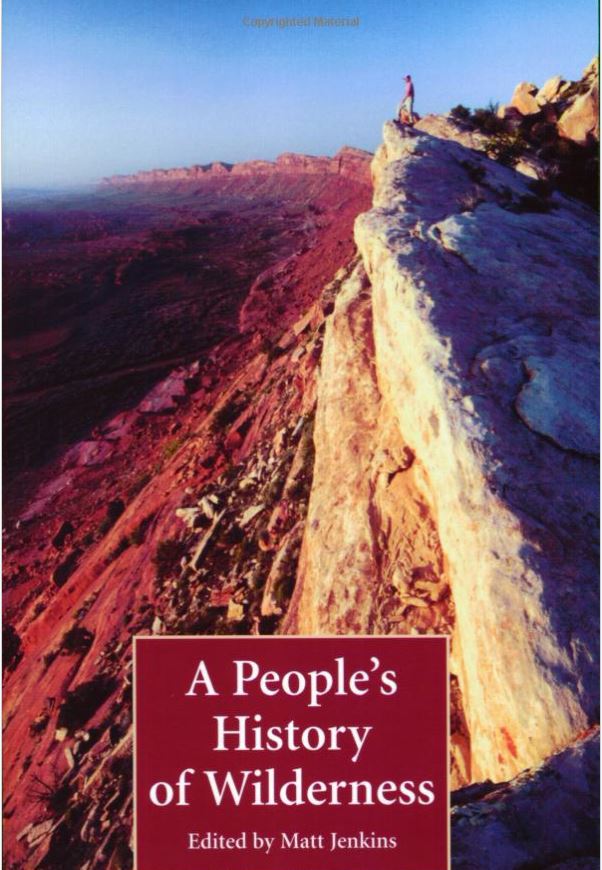
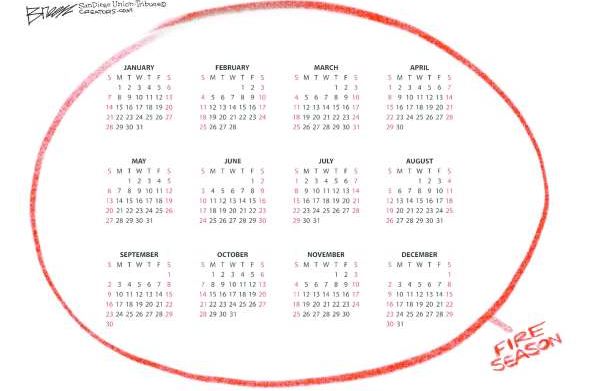


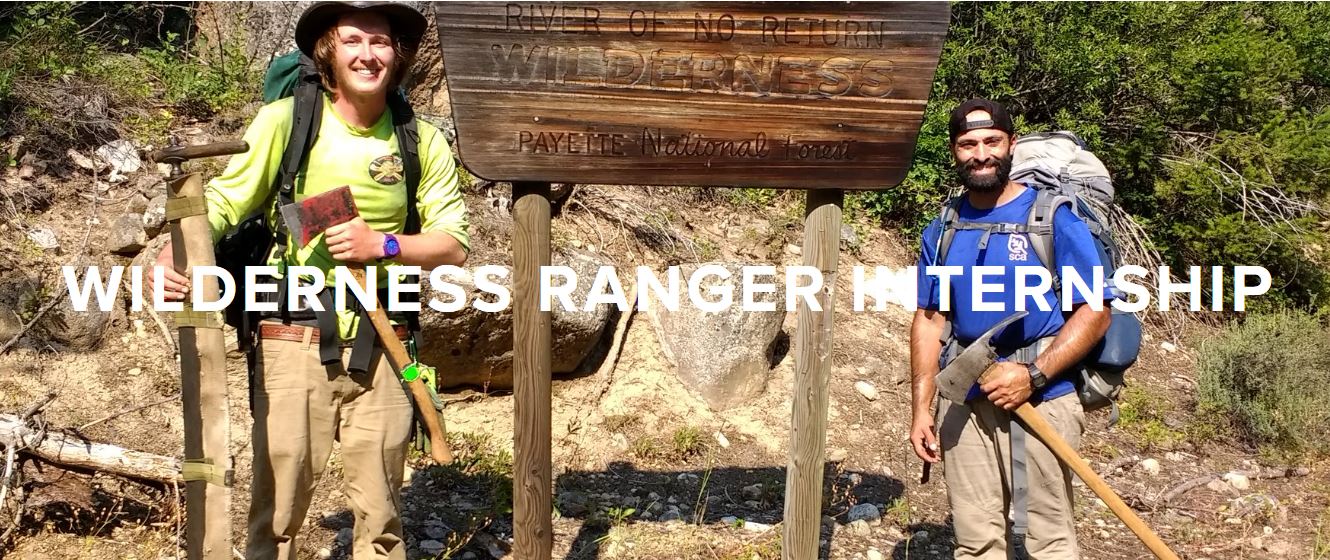
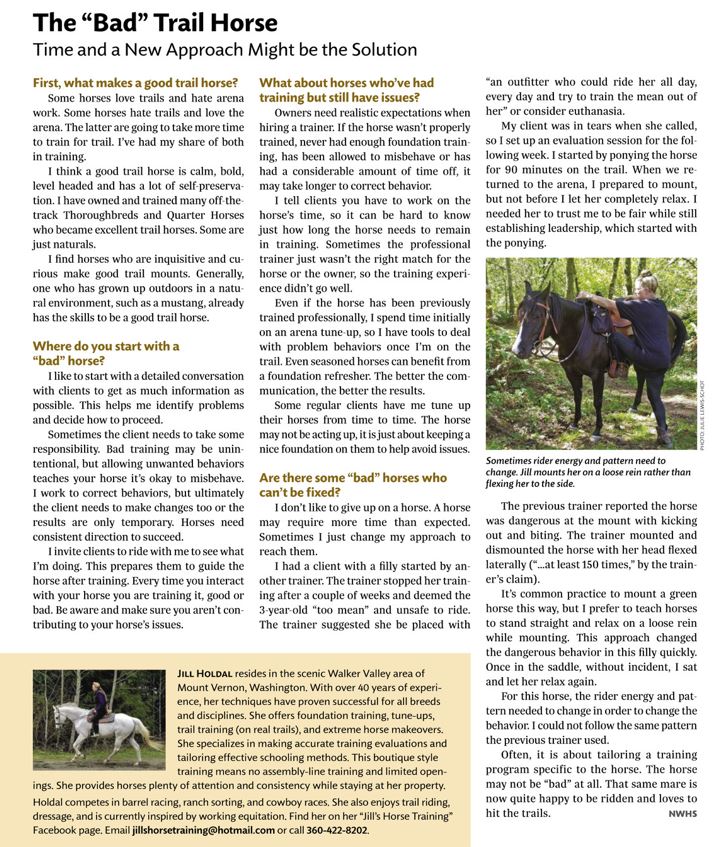
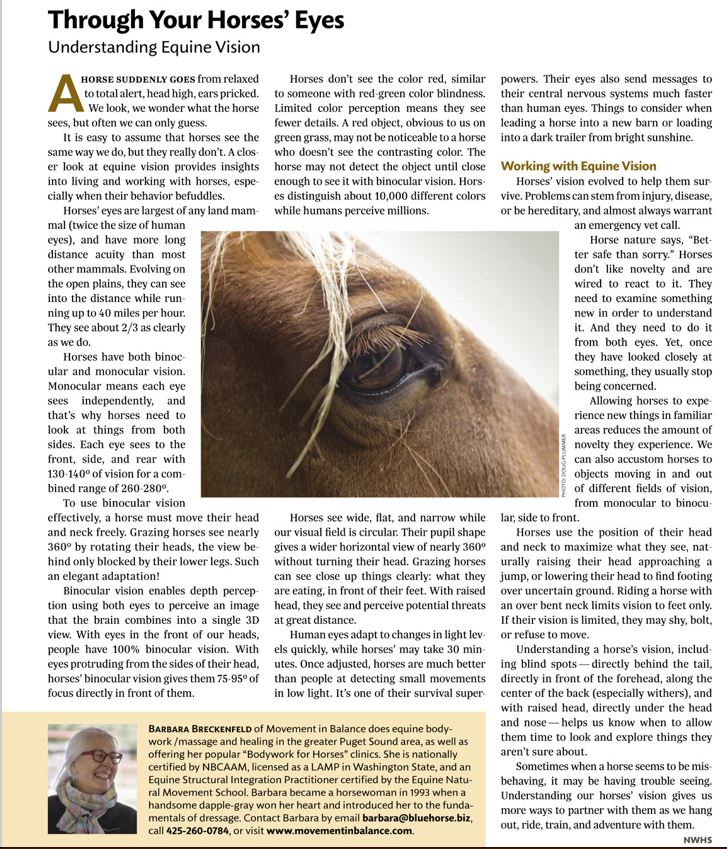
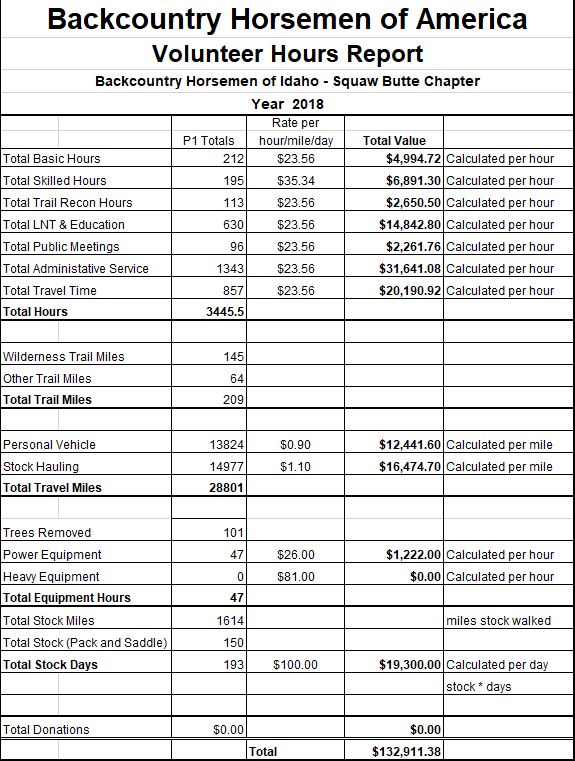 Click on Sheet to see larger View
Click on Sheet to see larger View